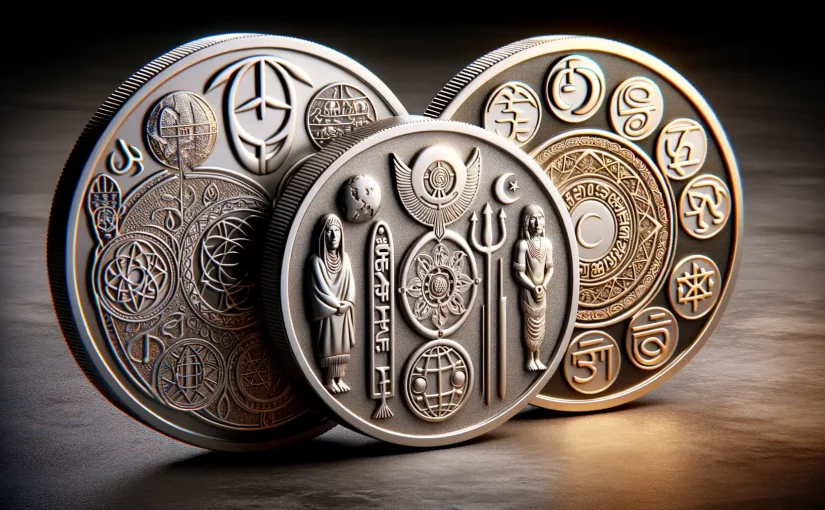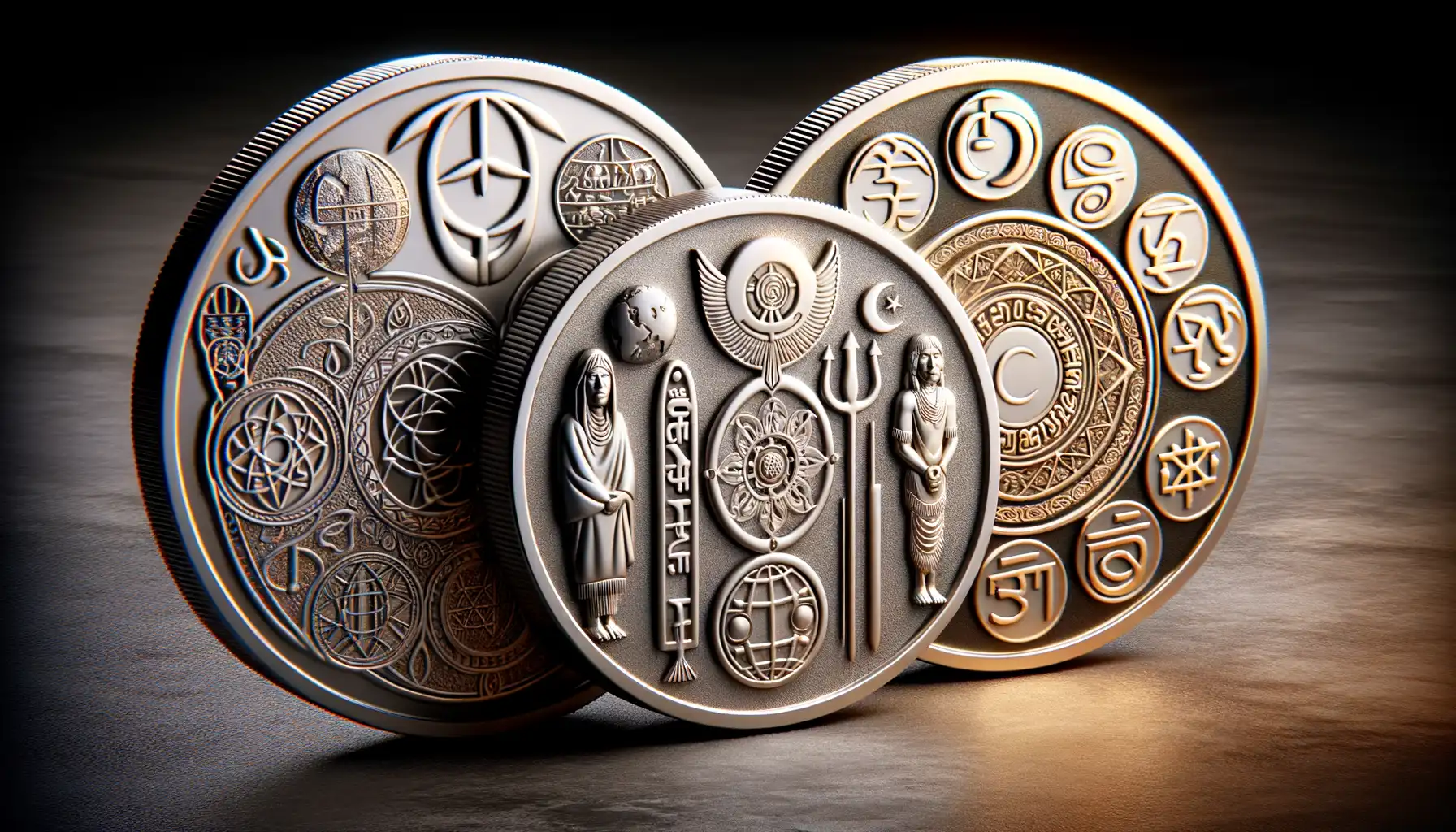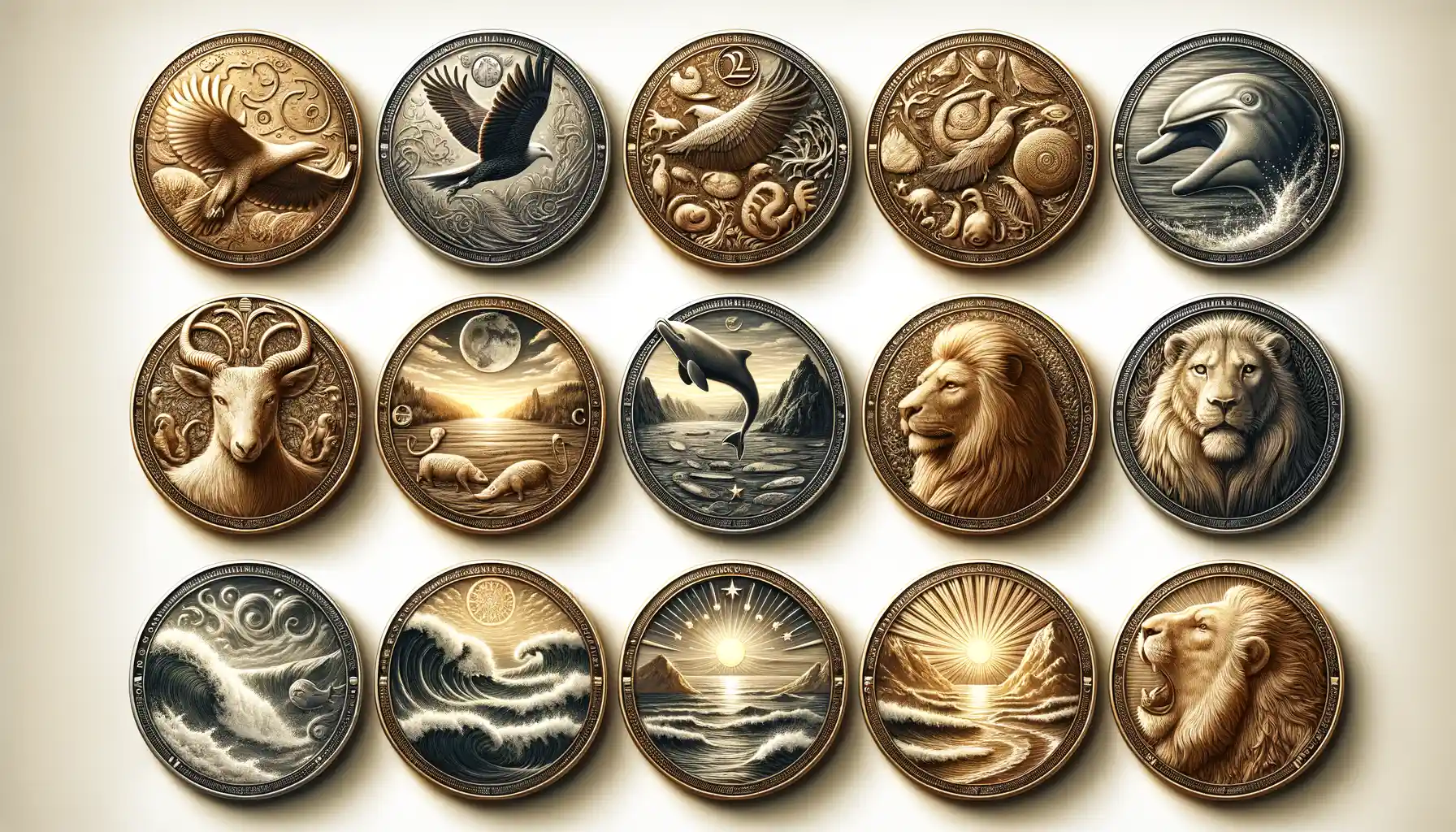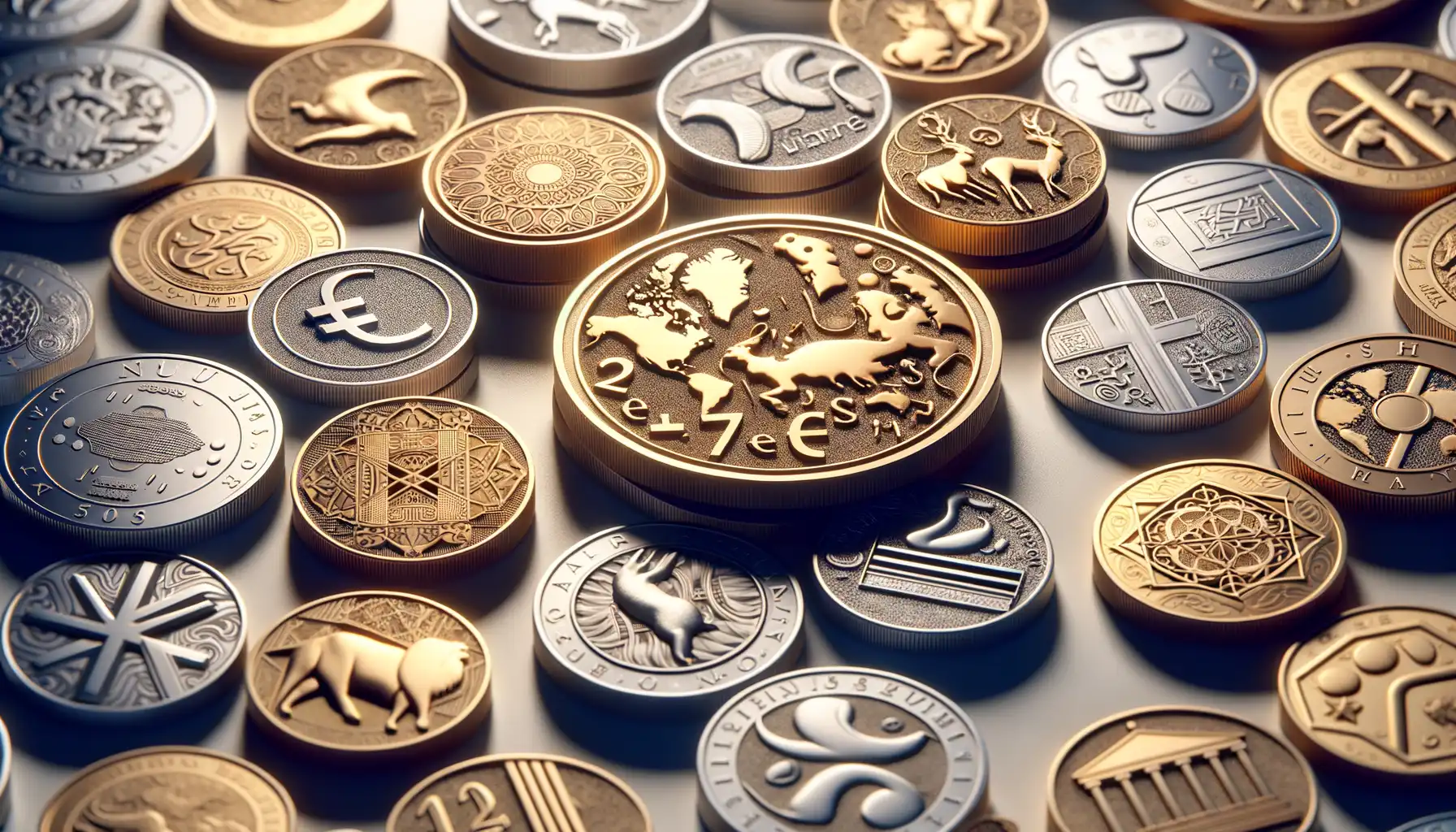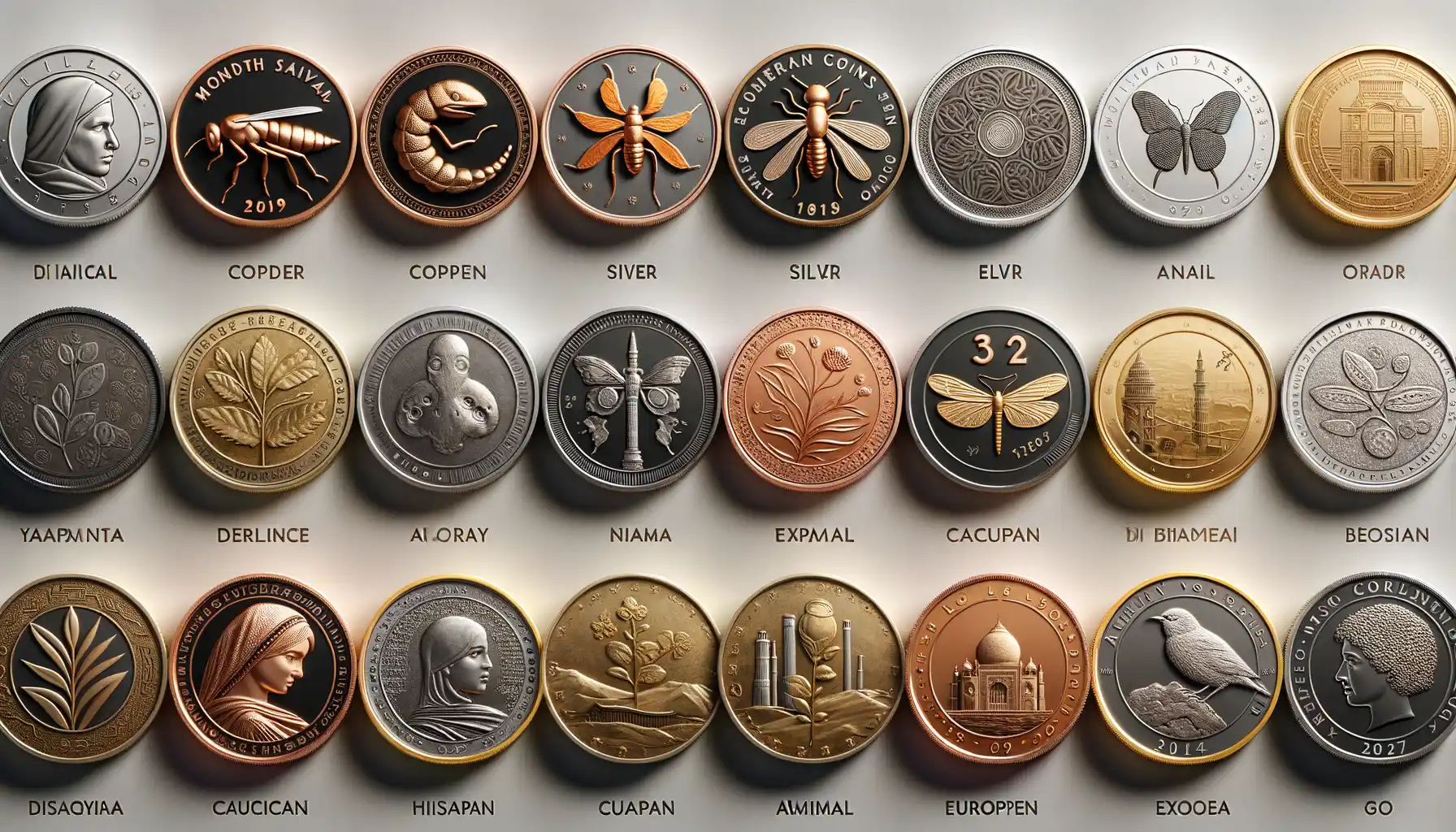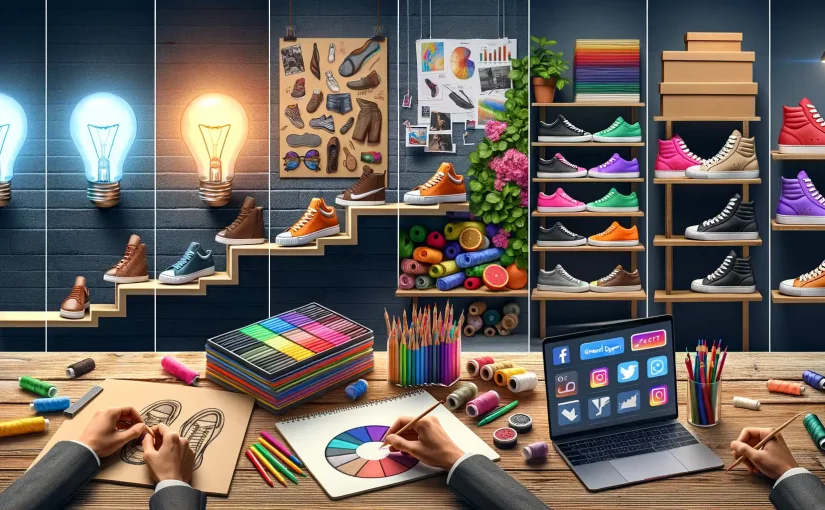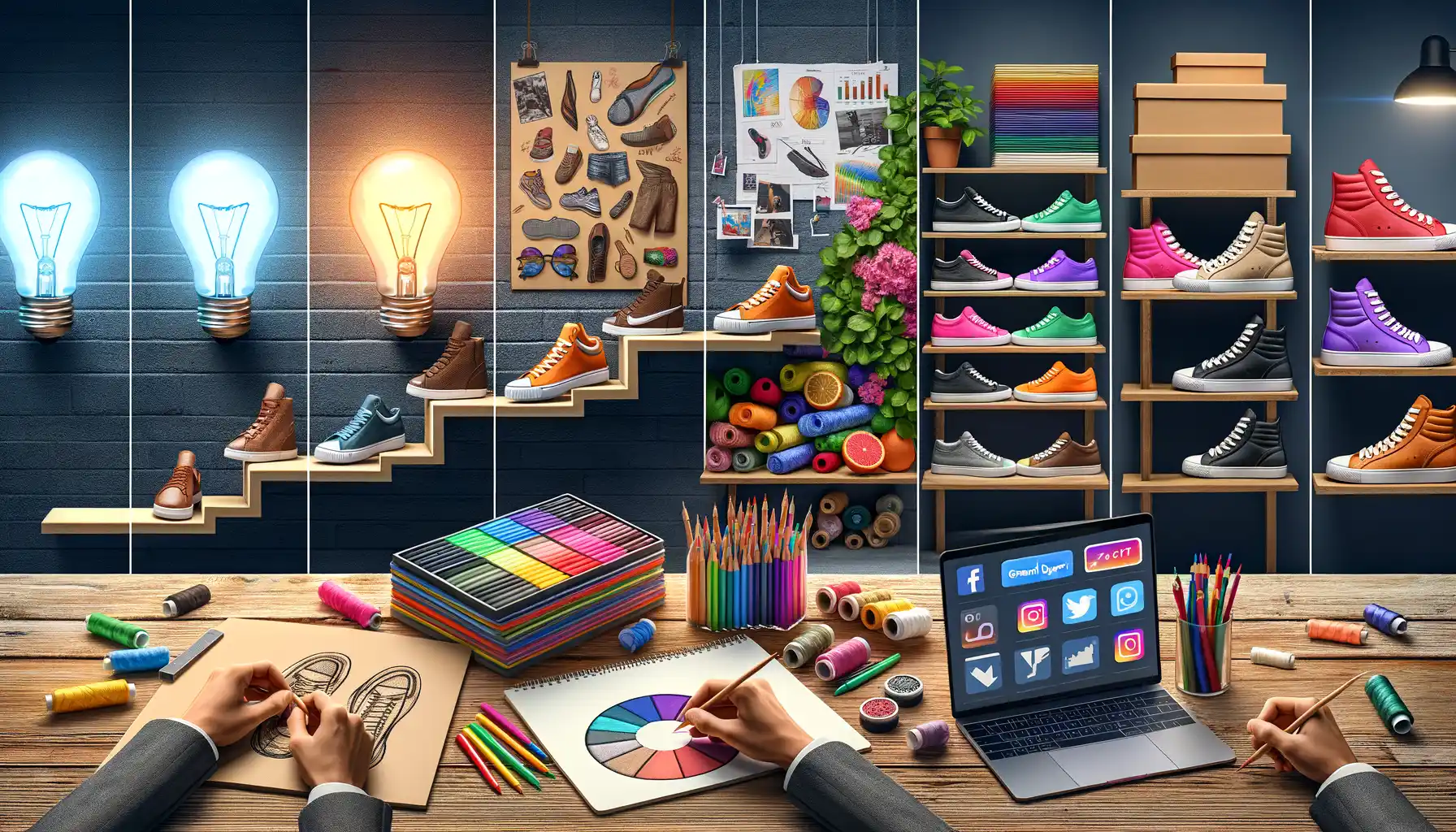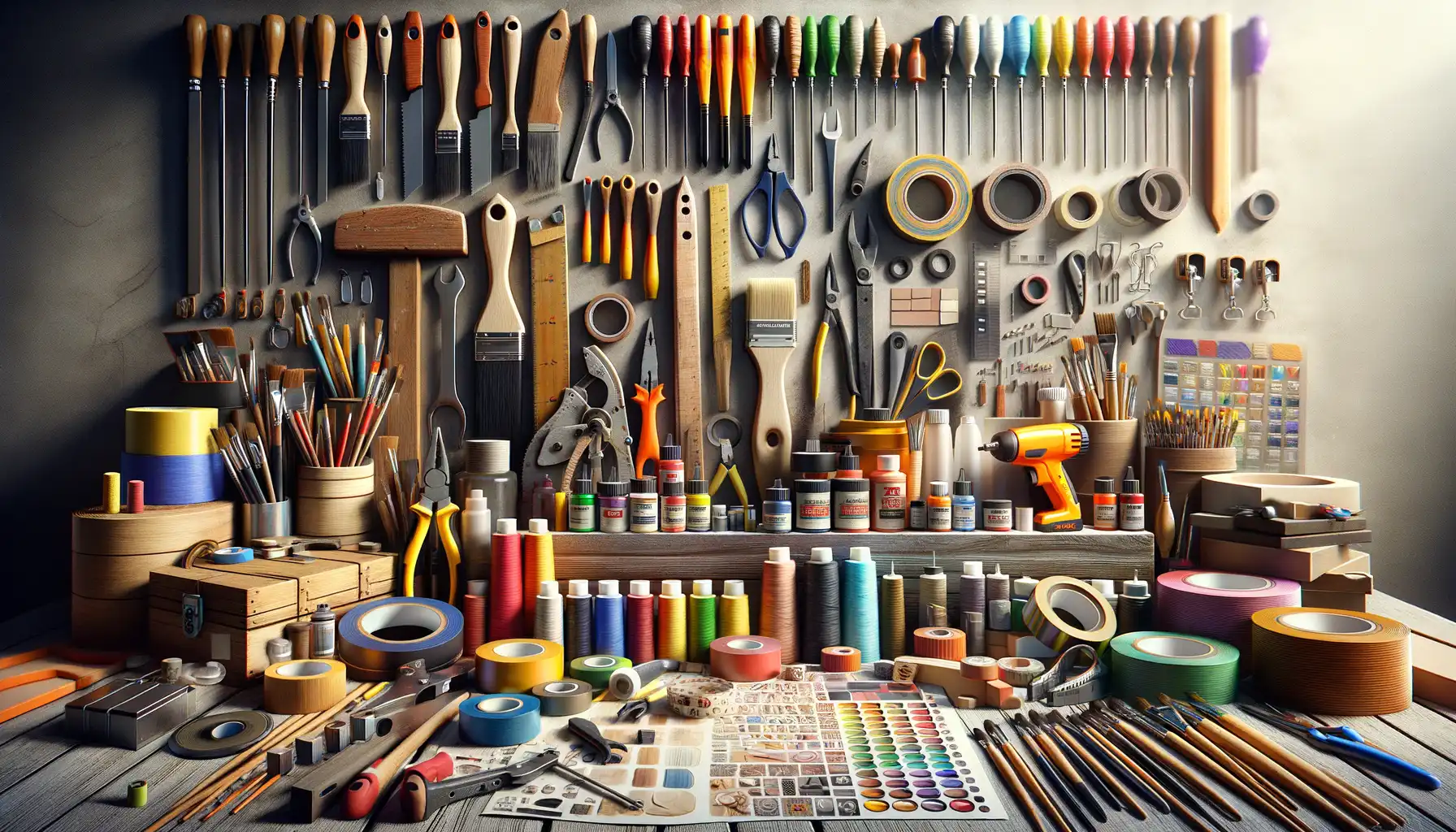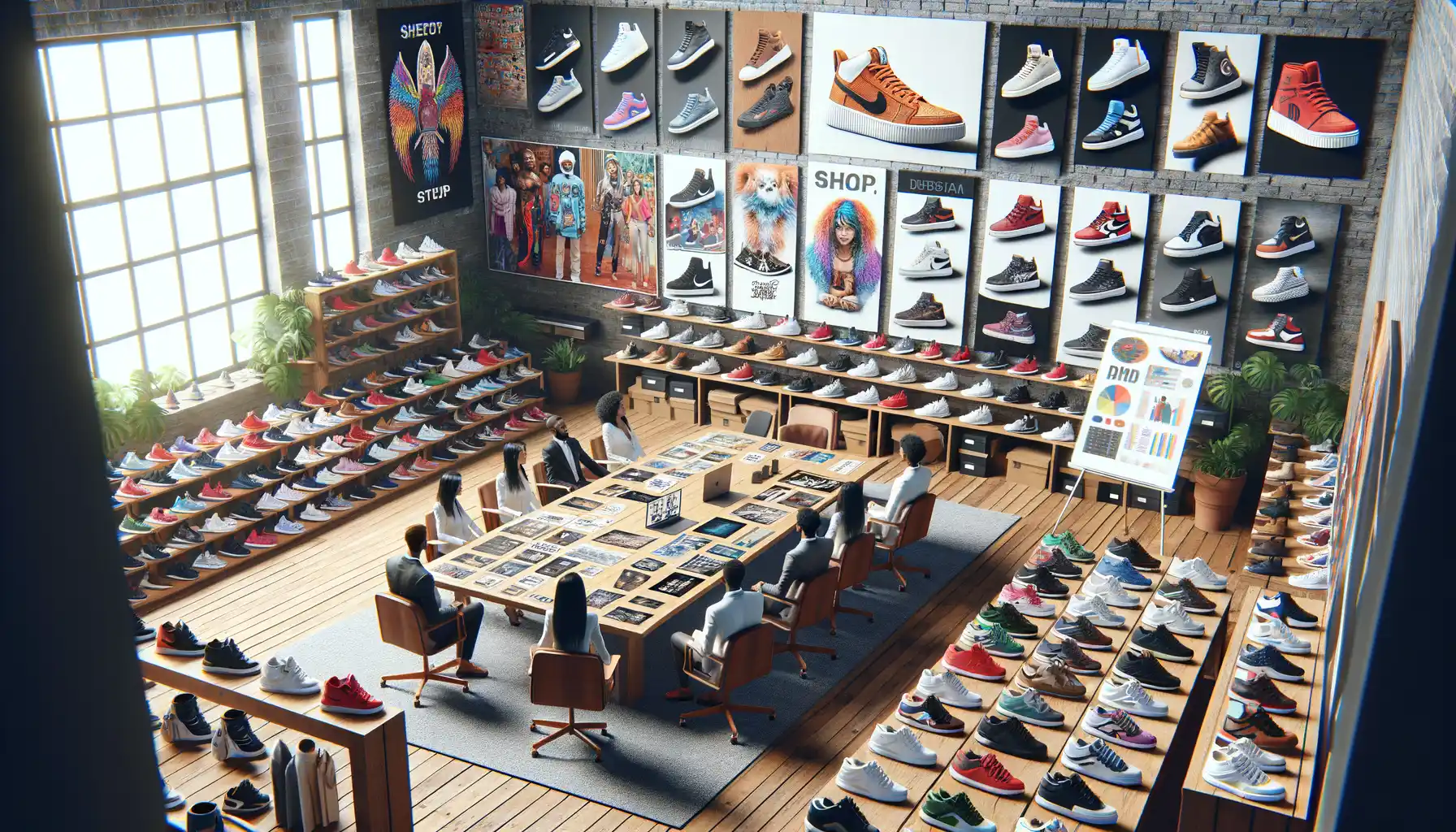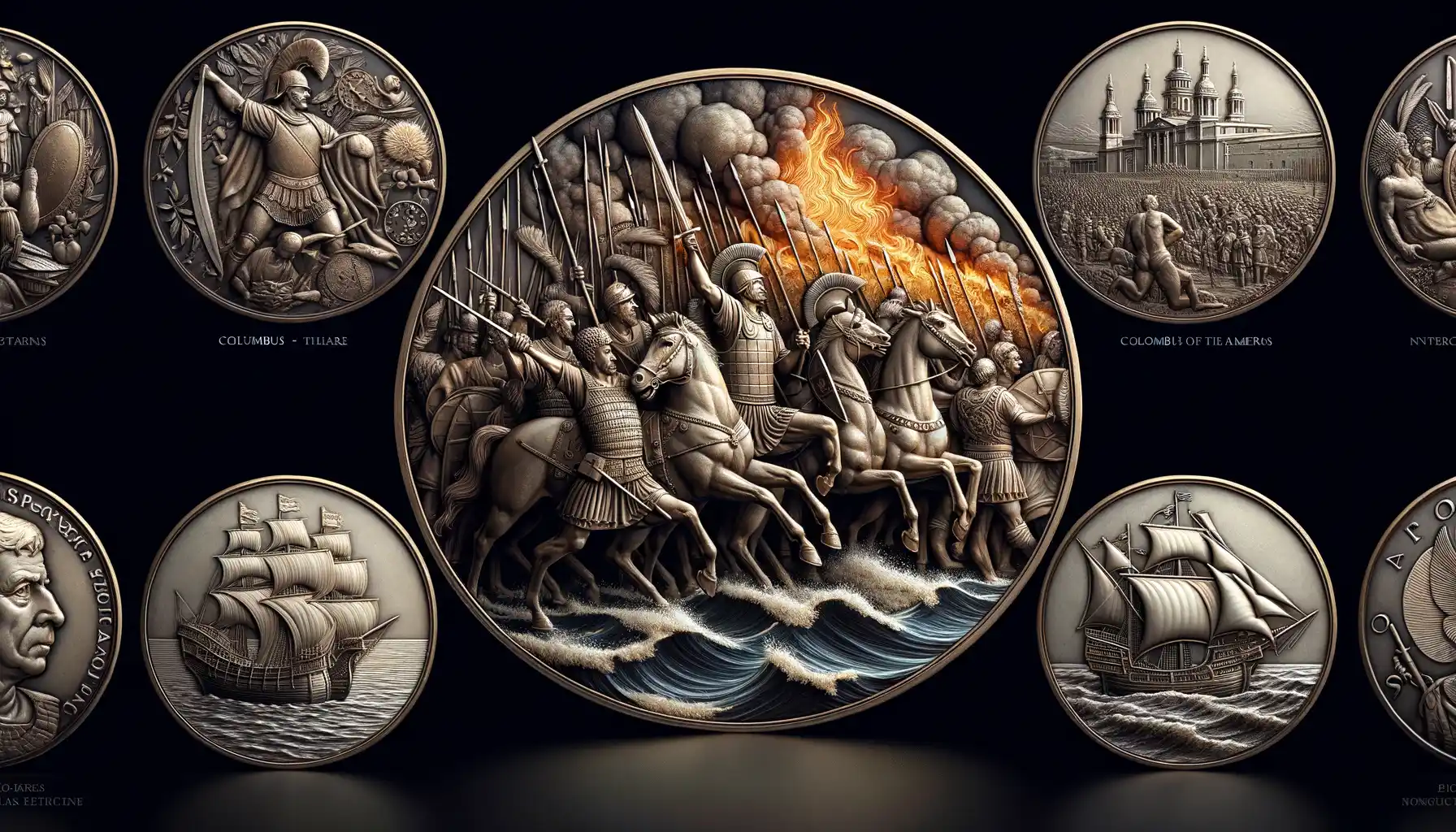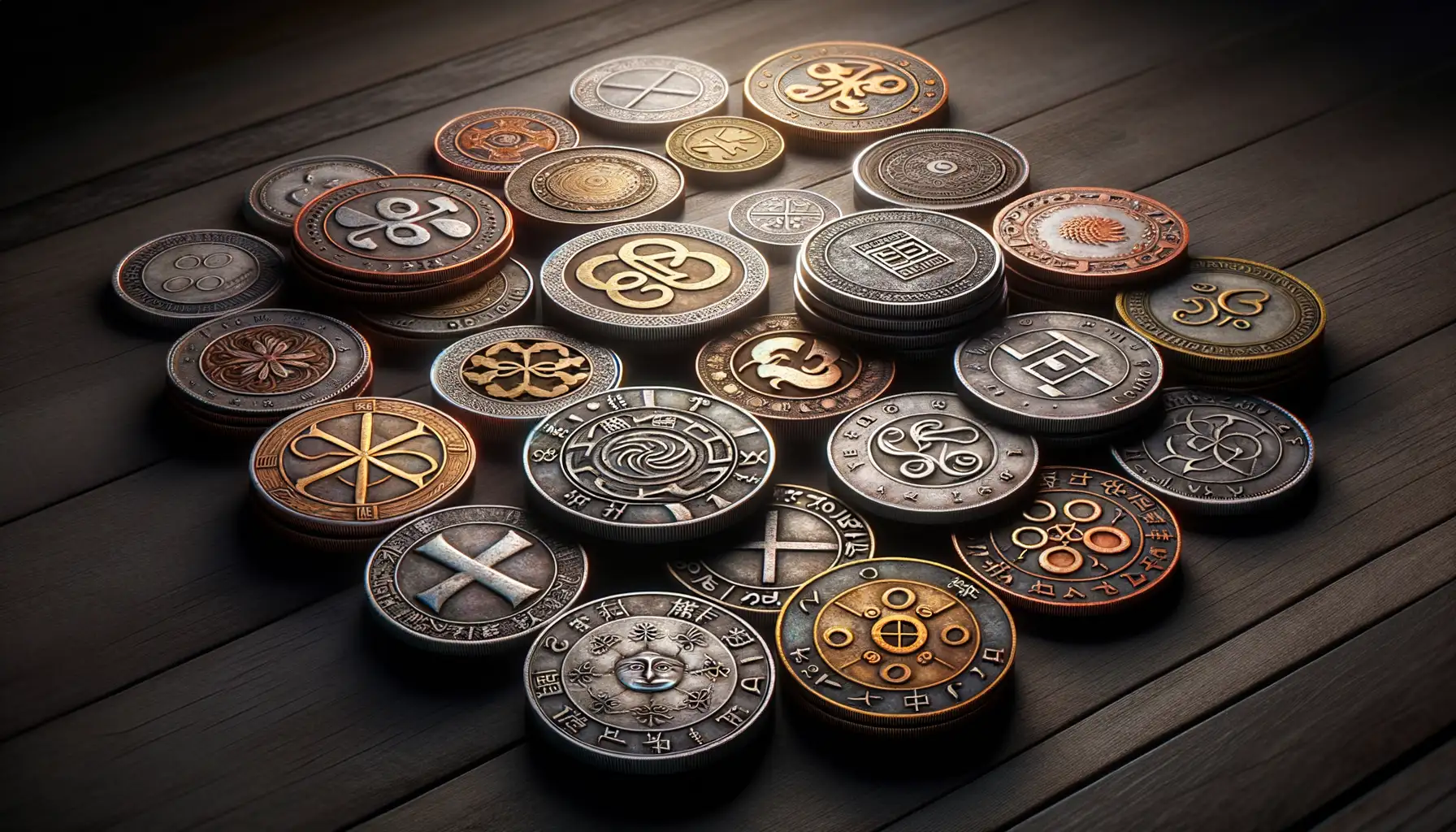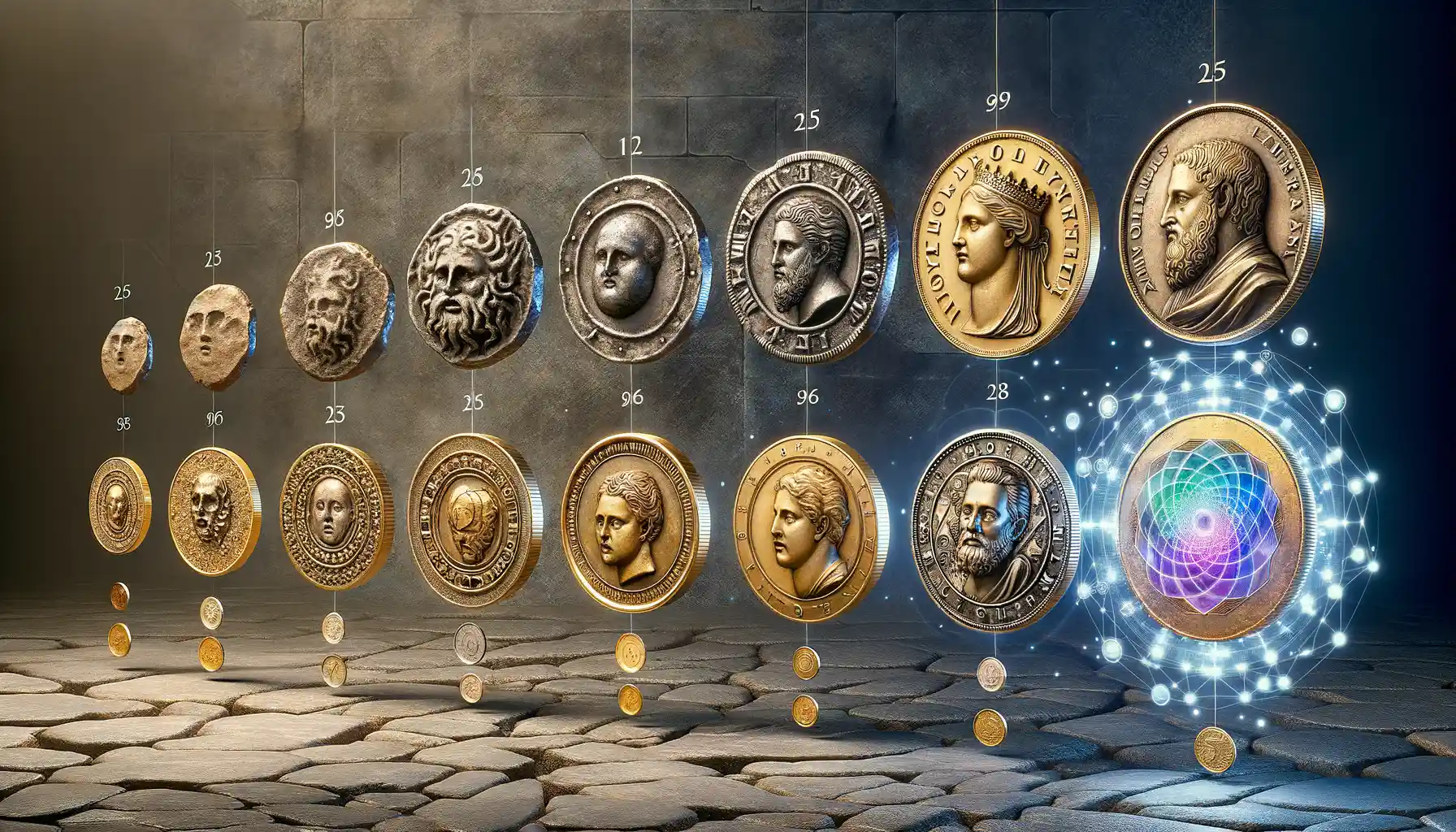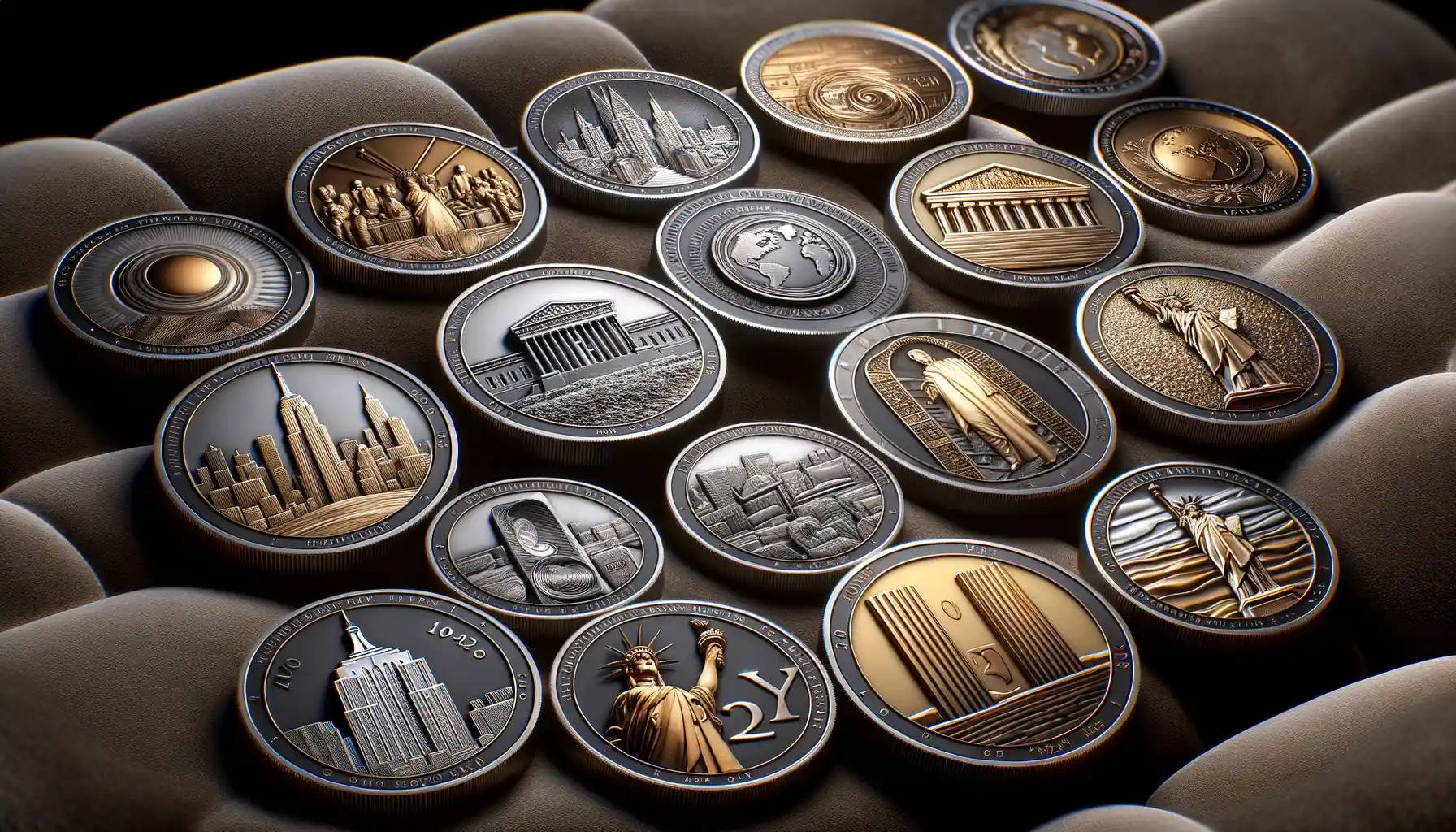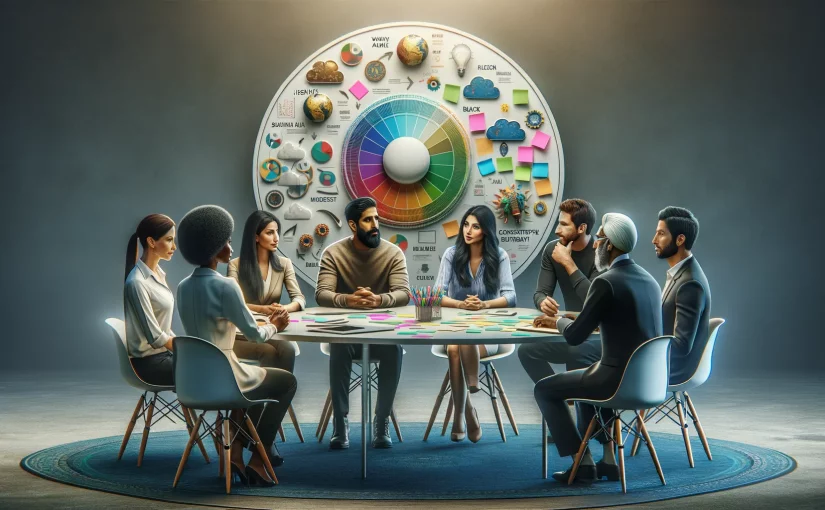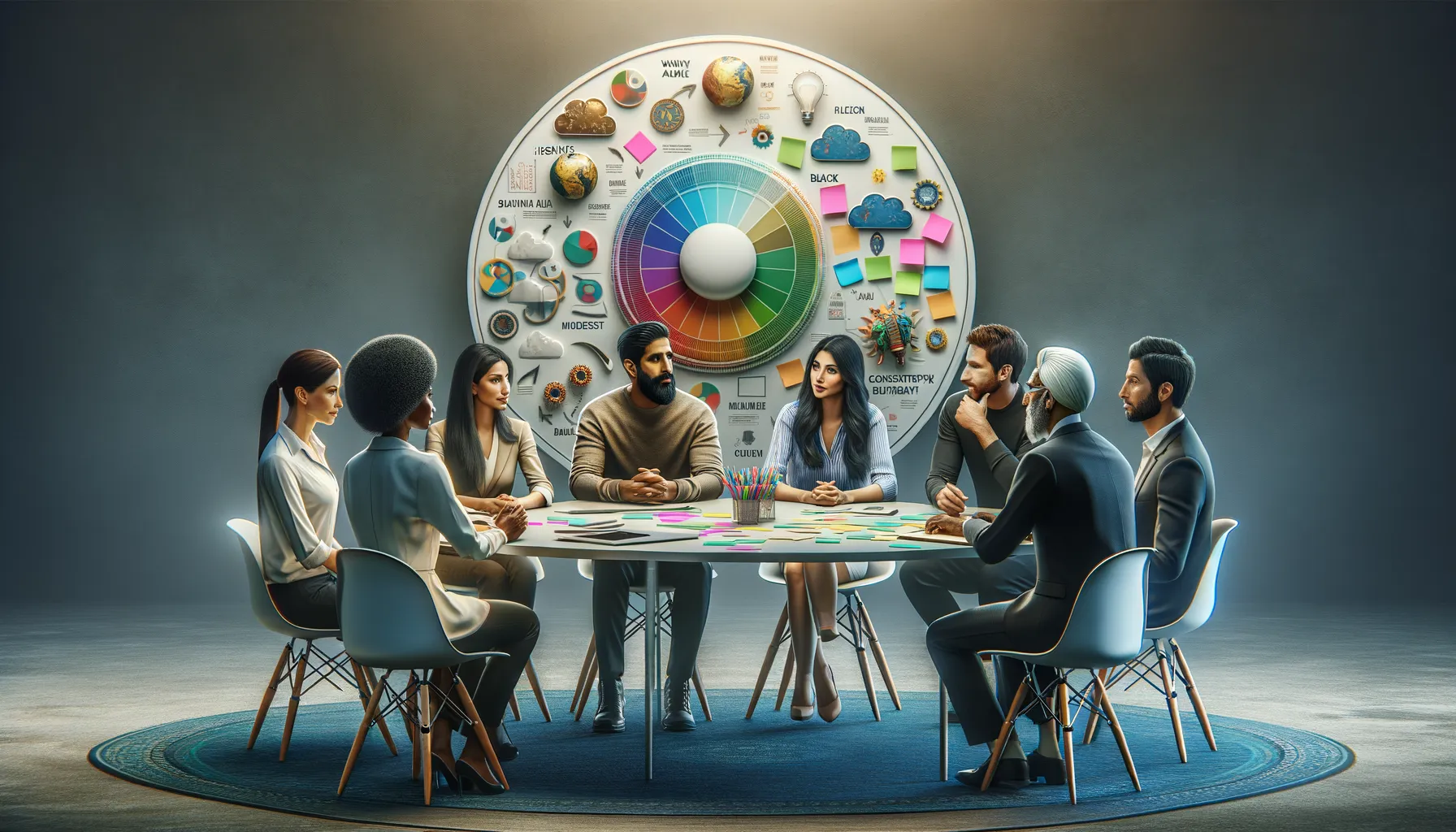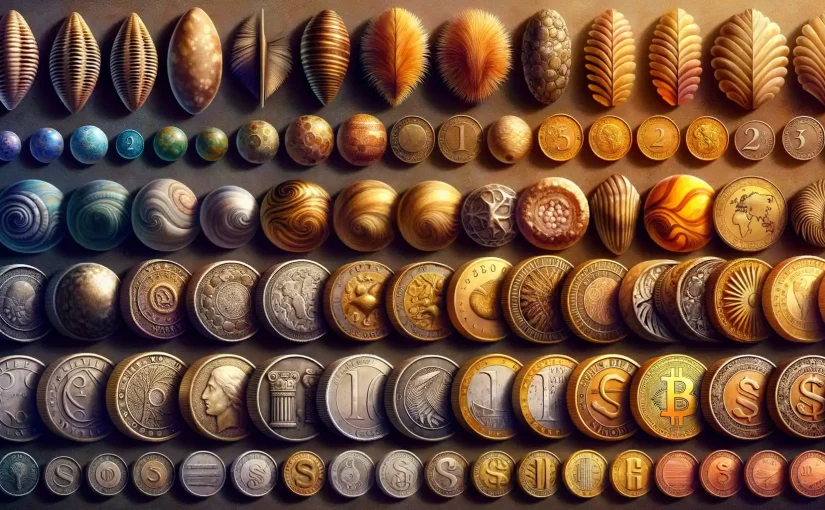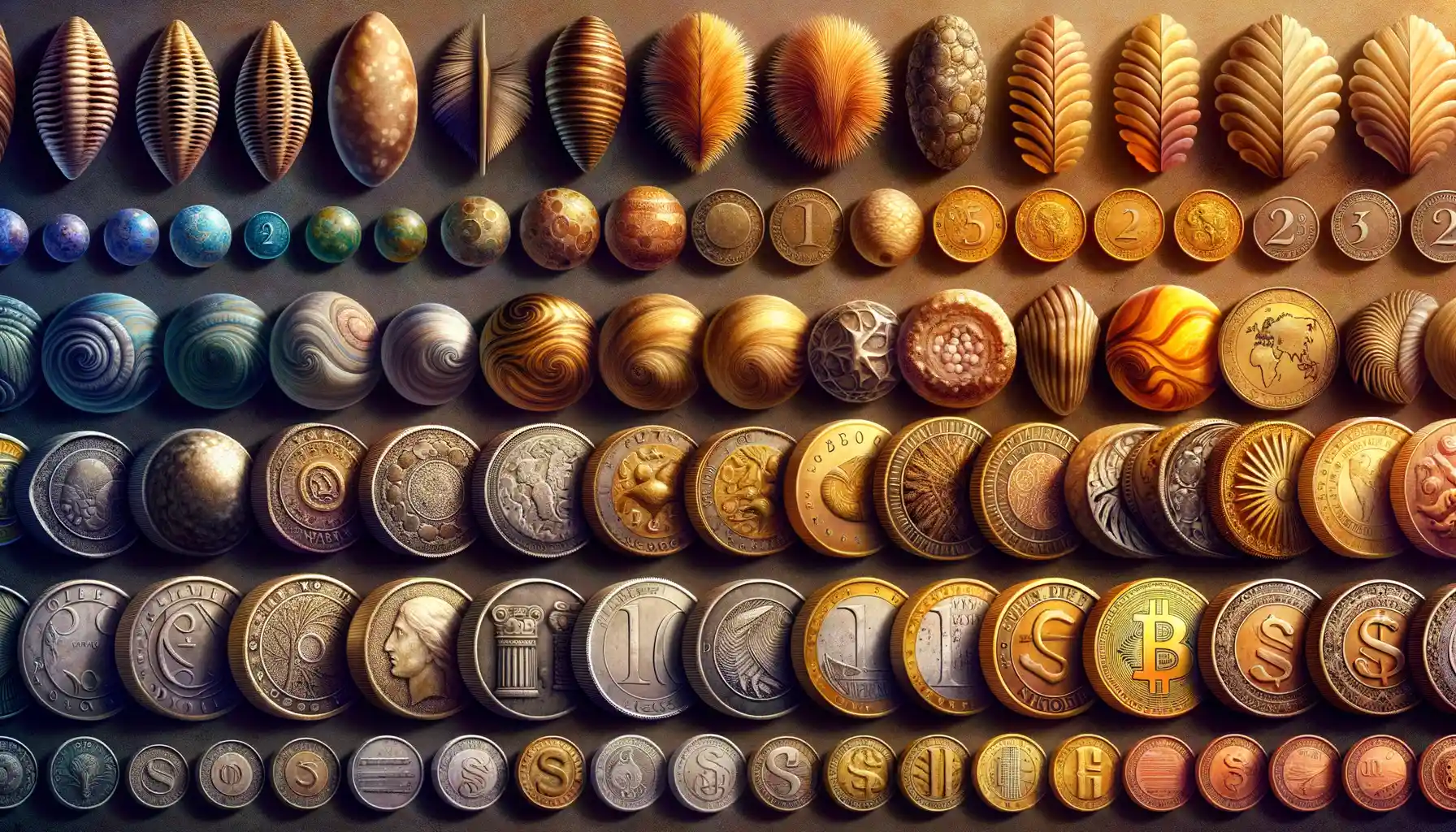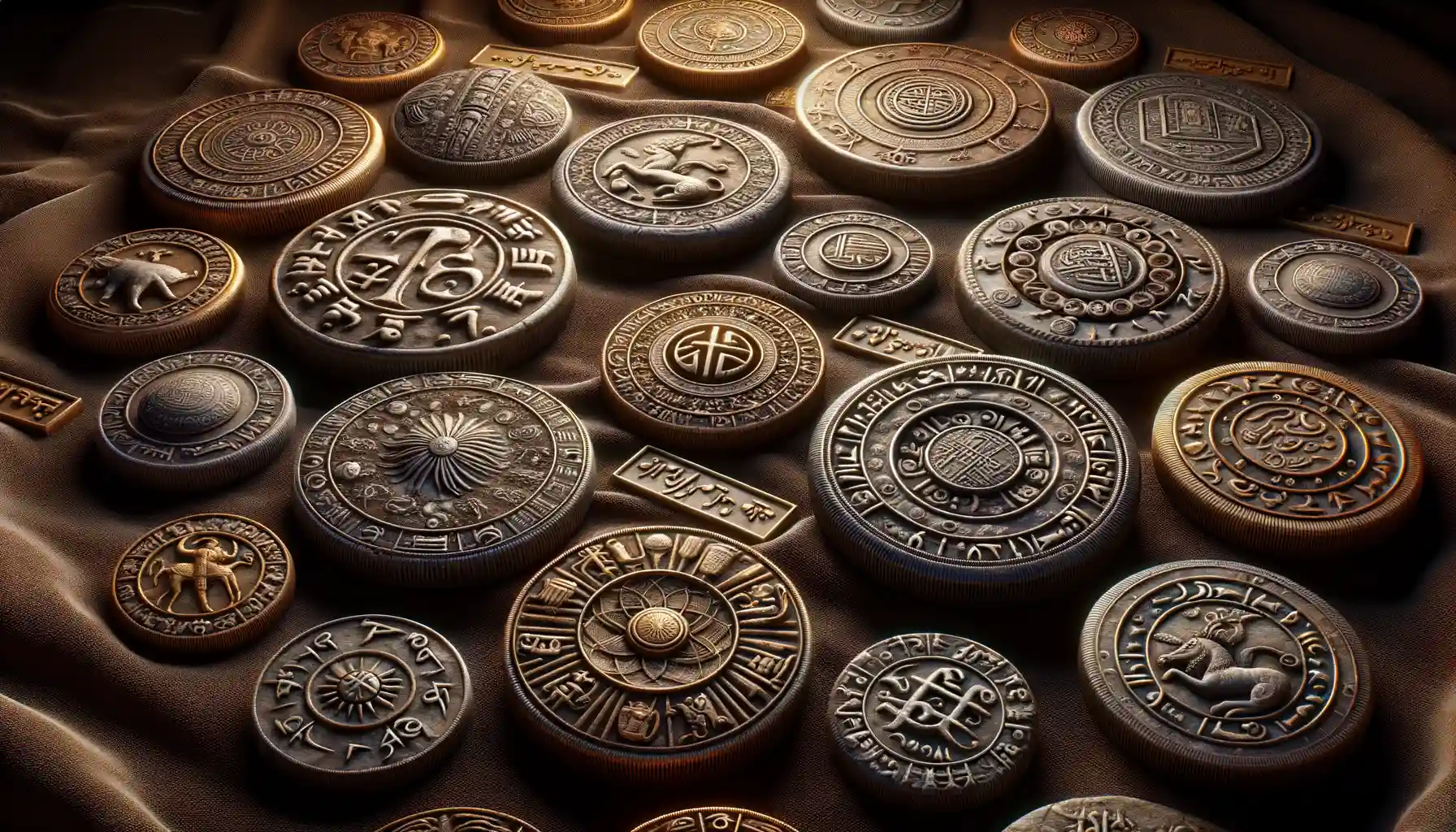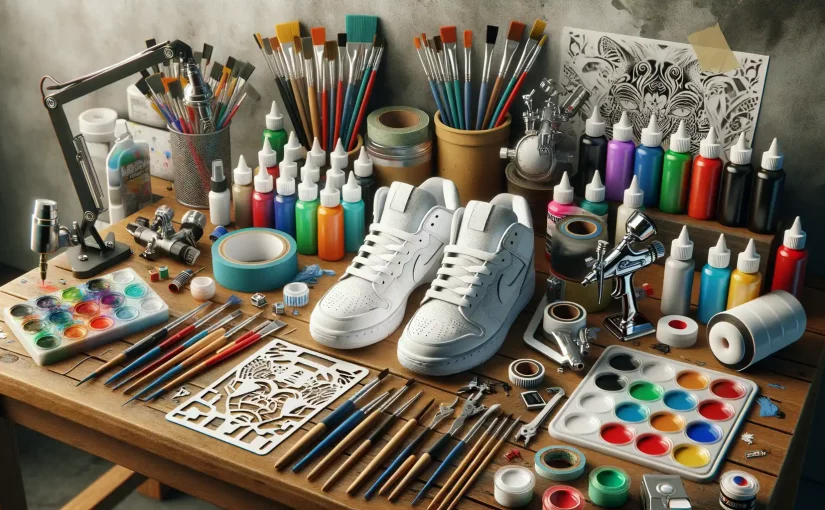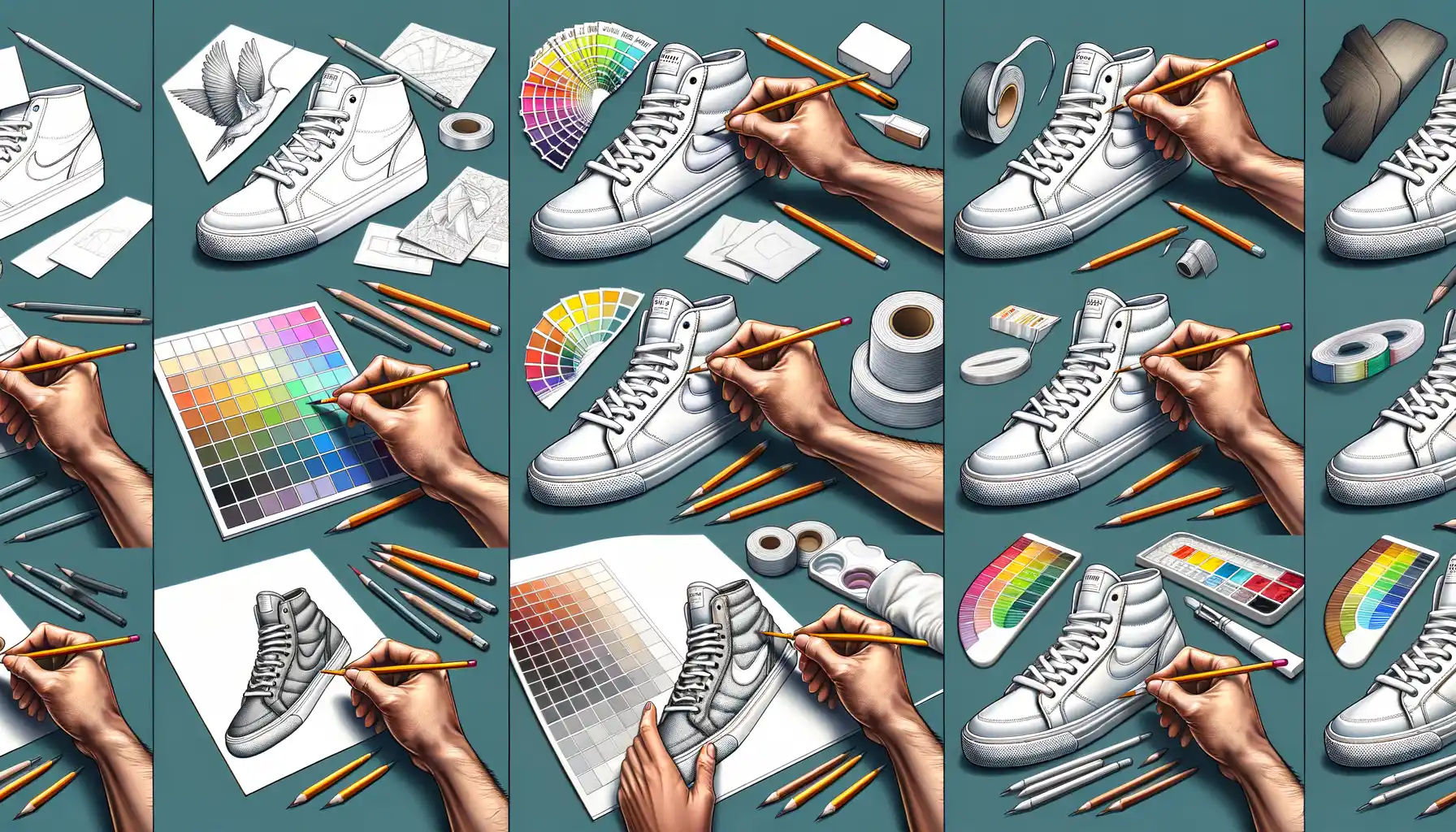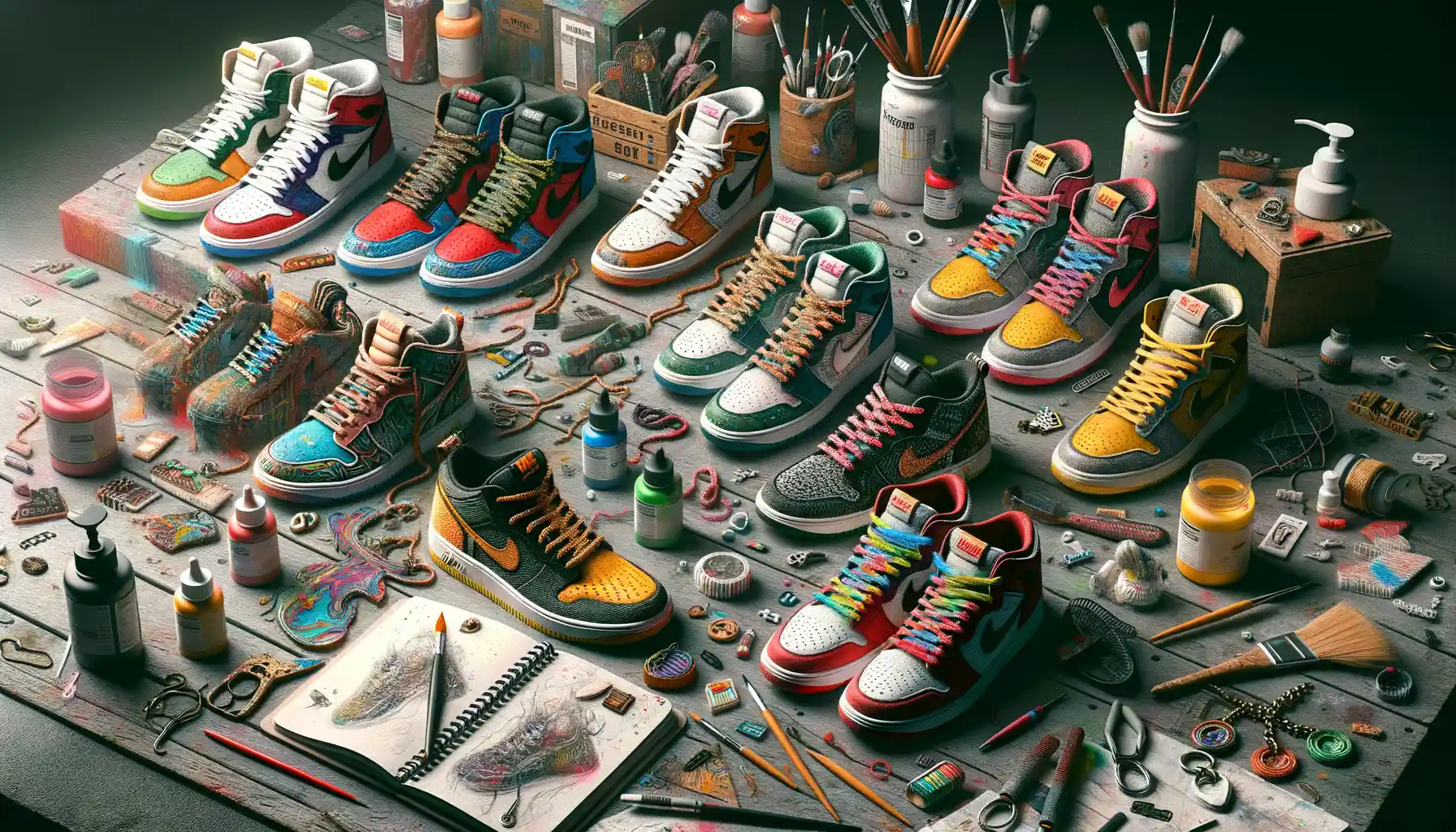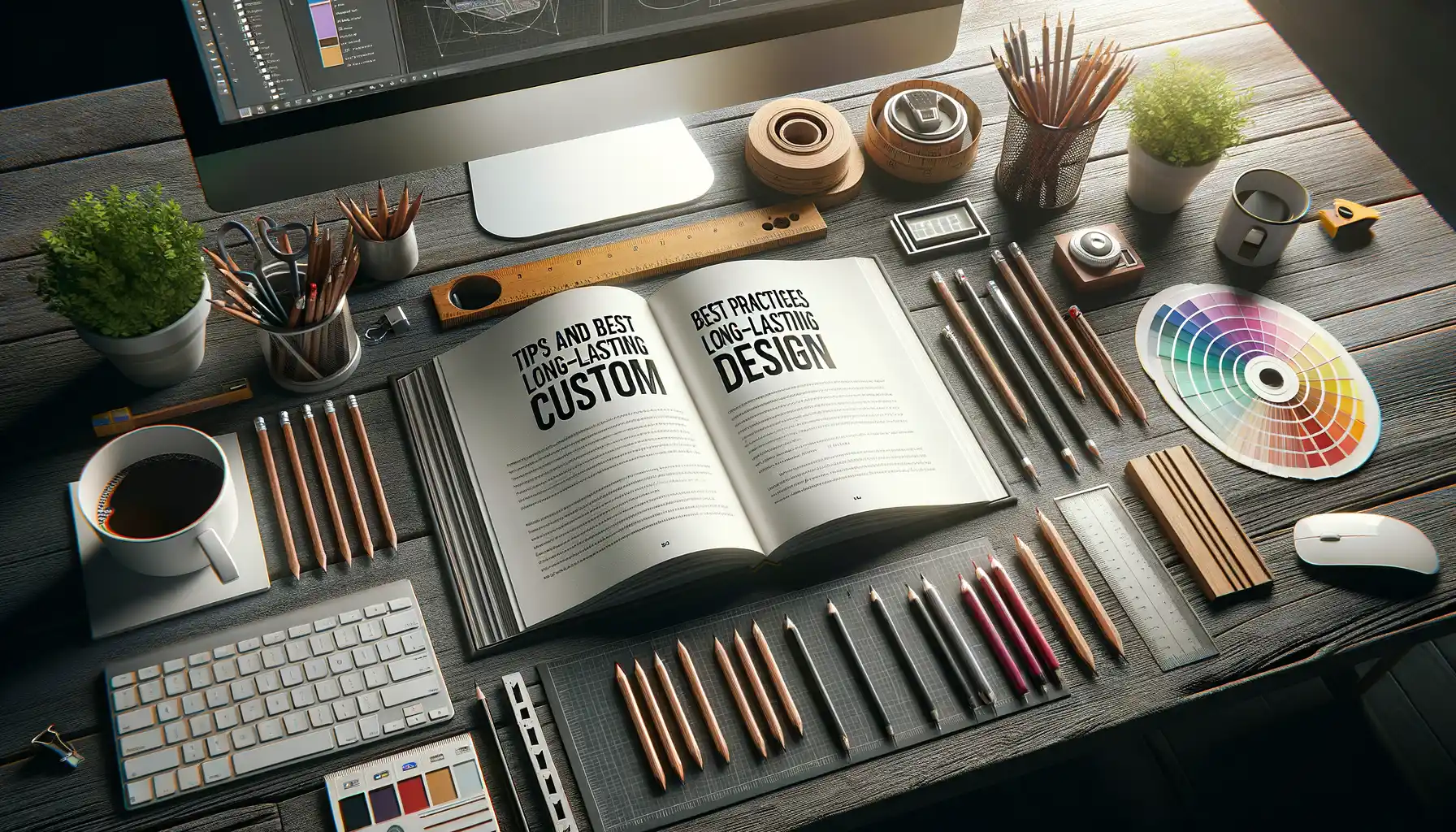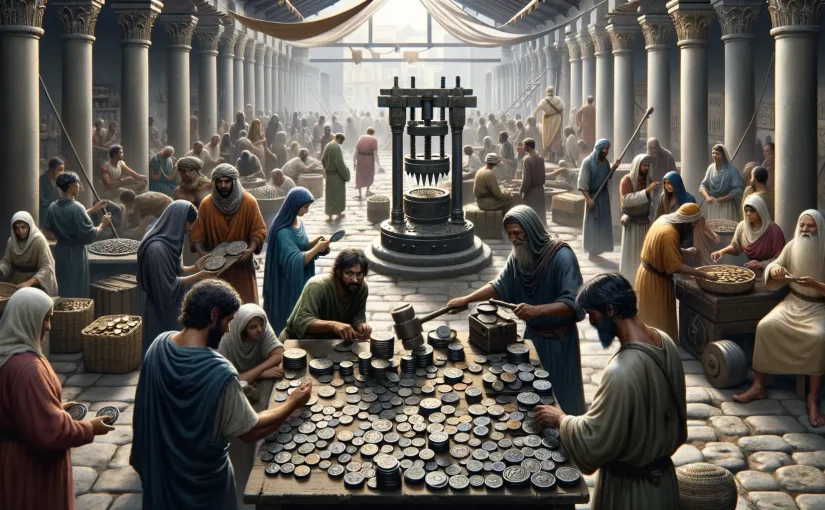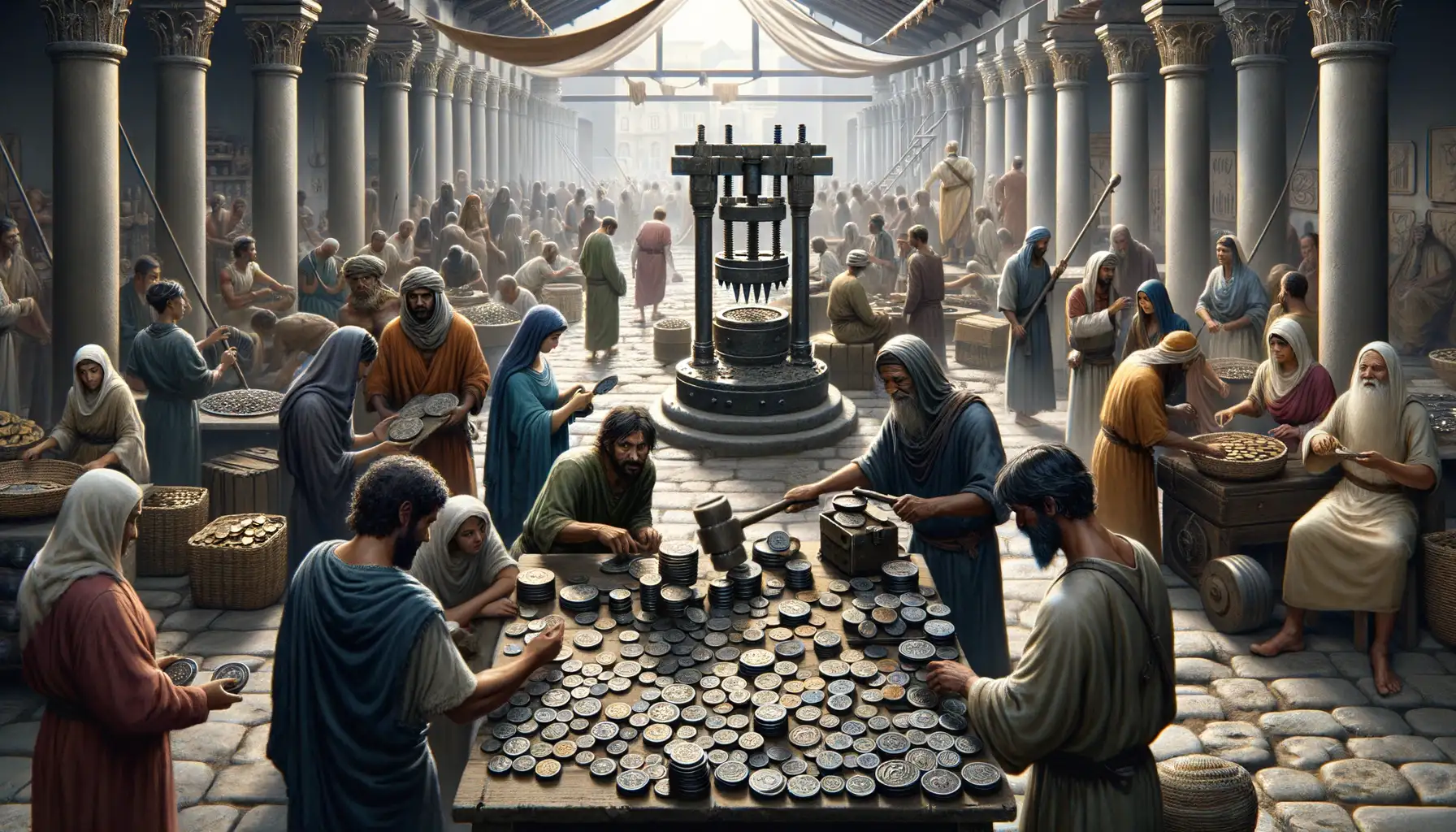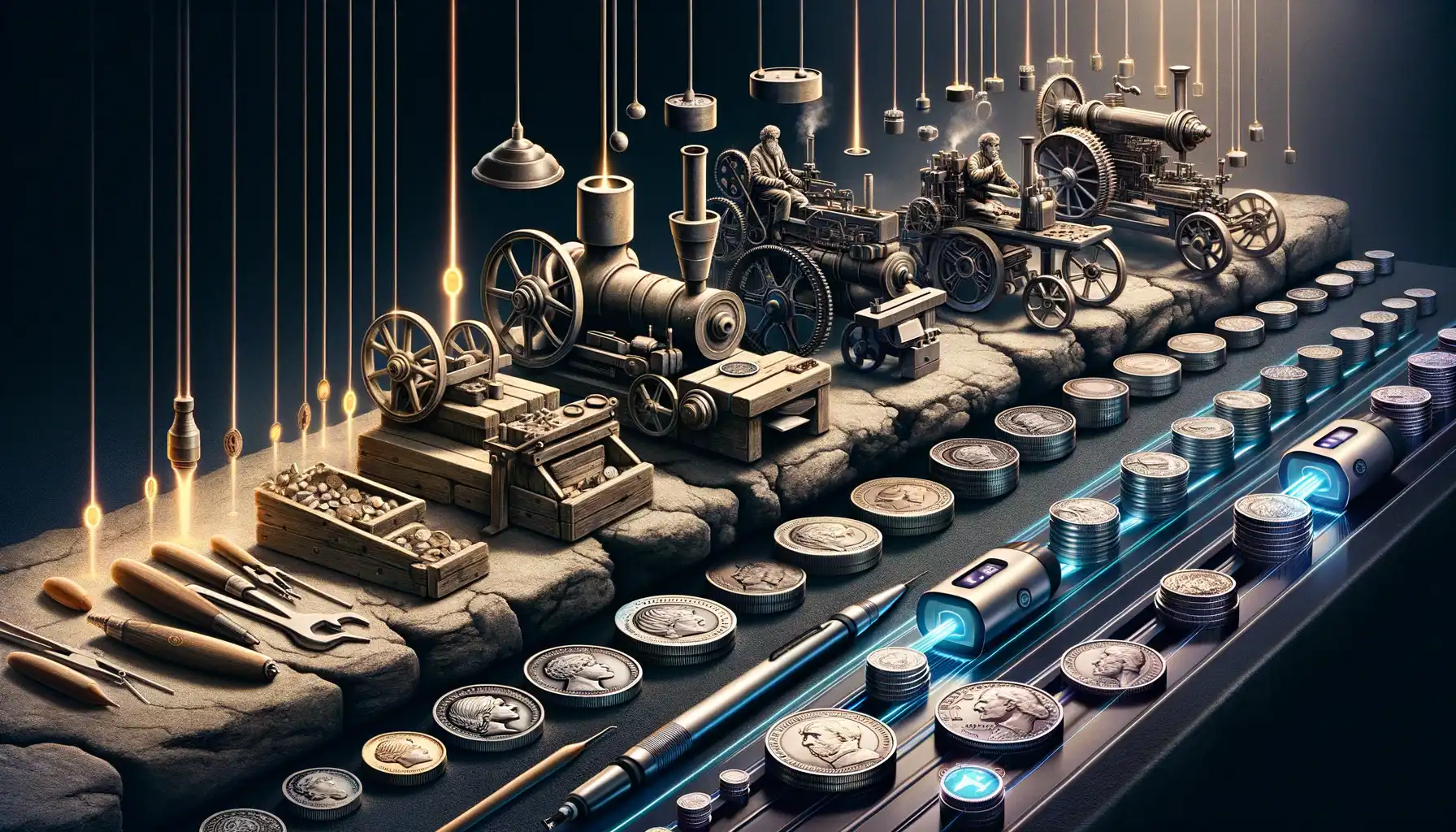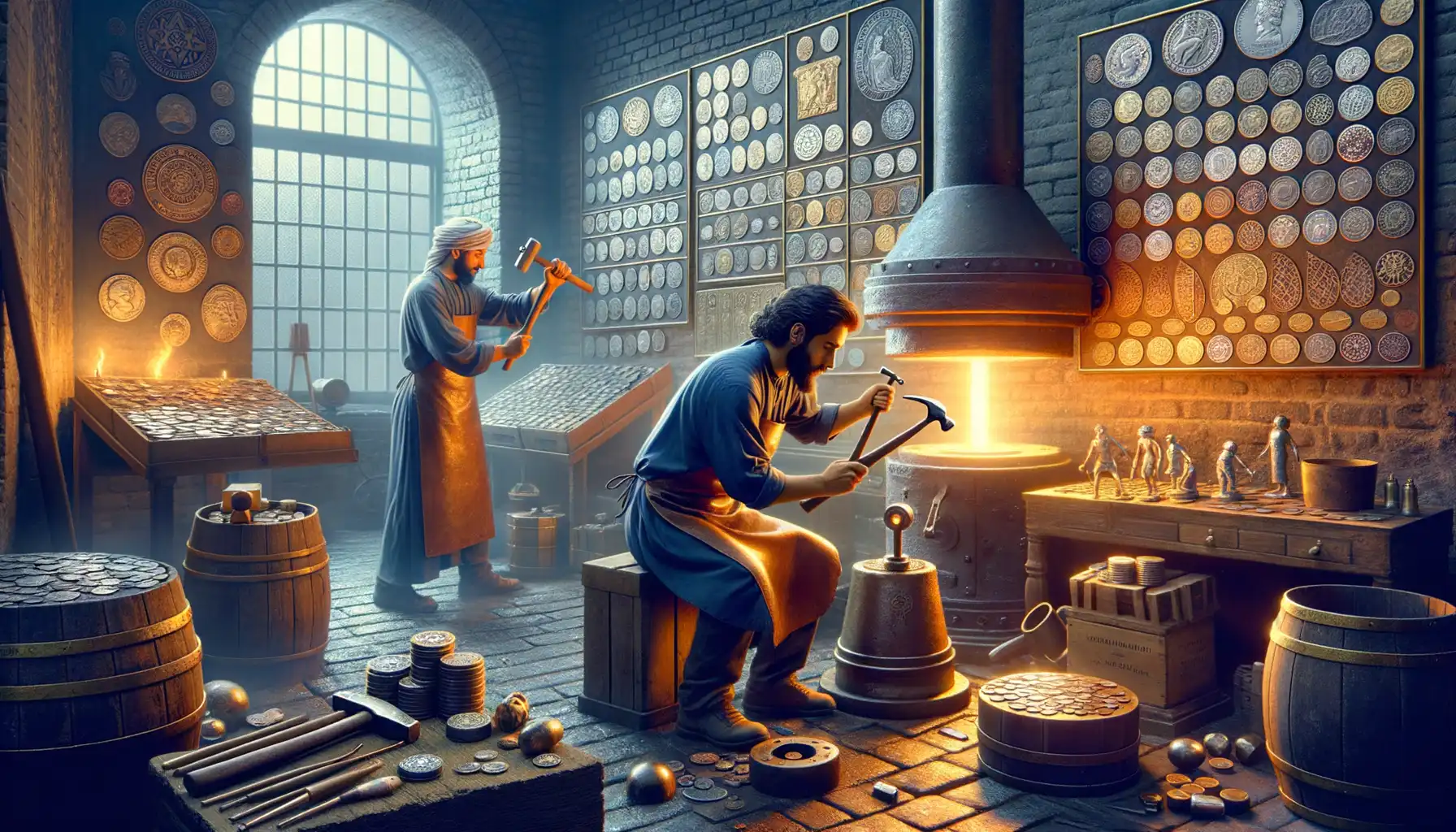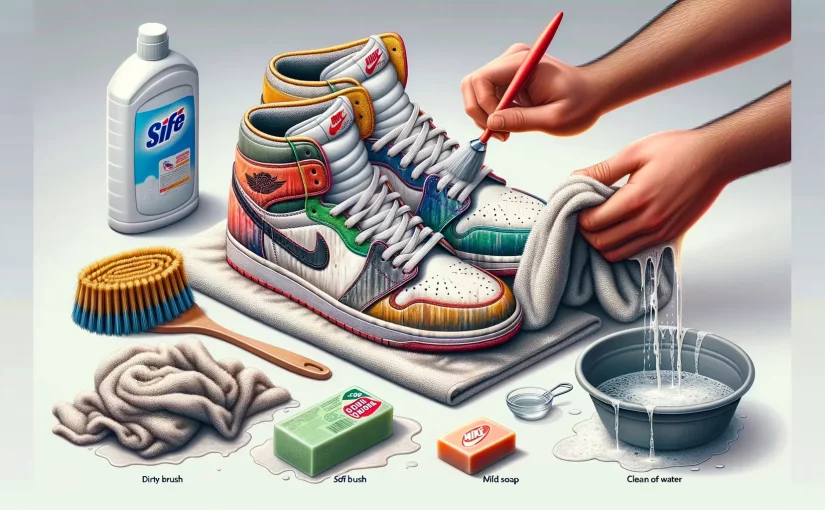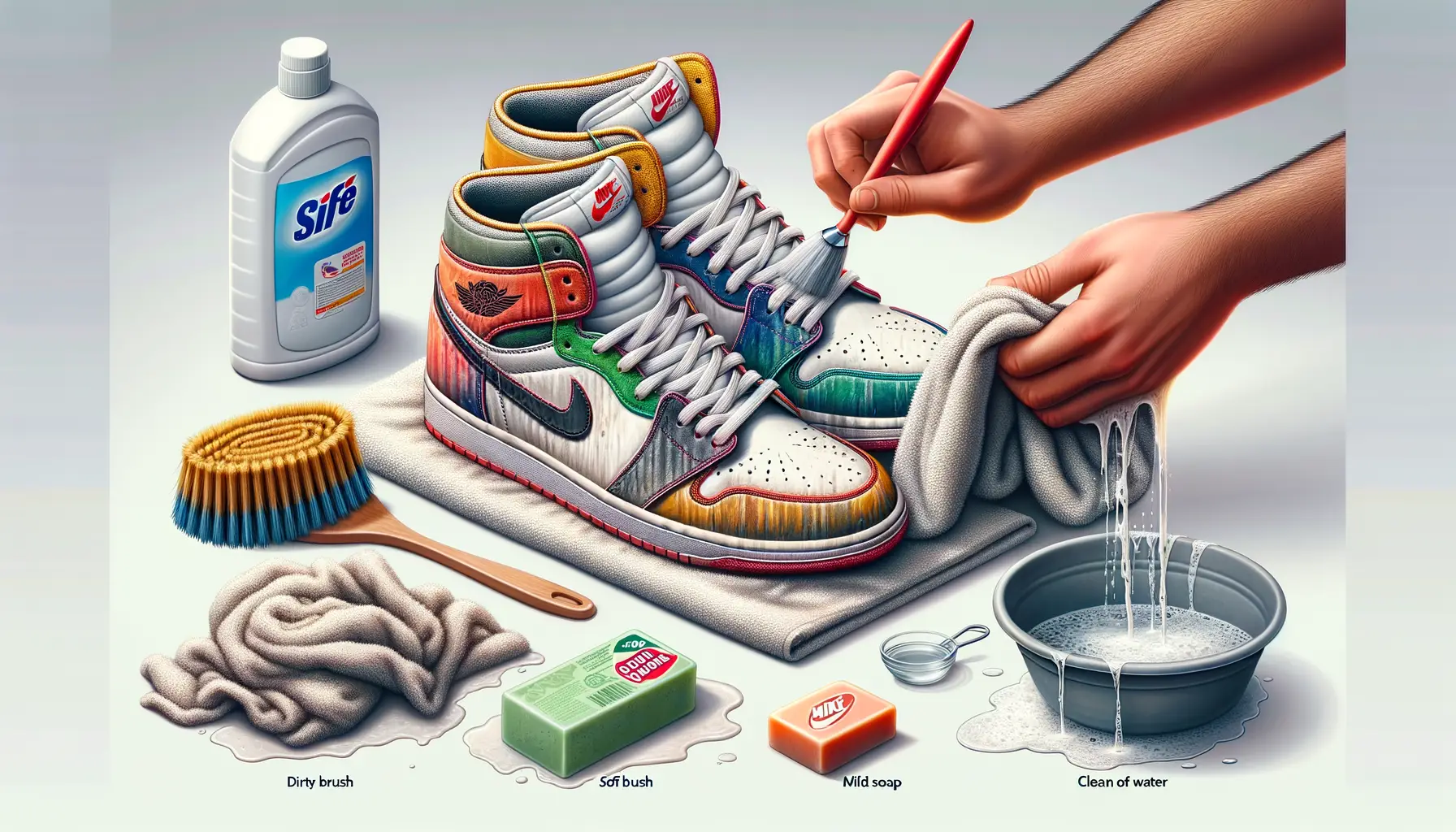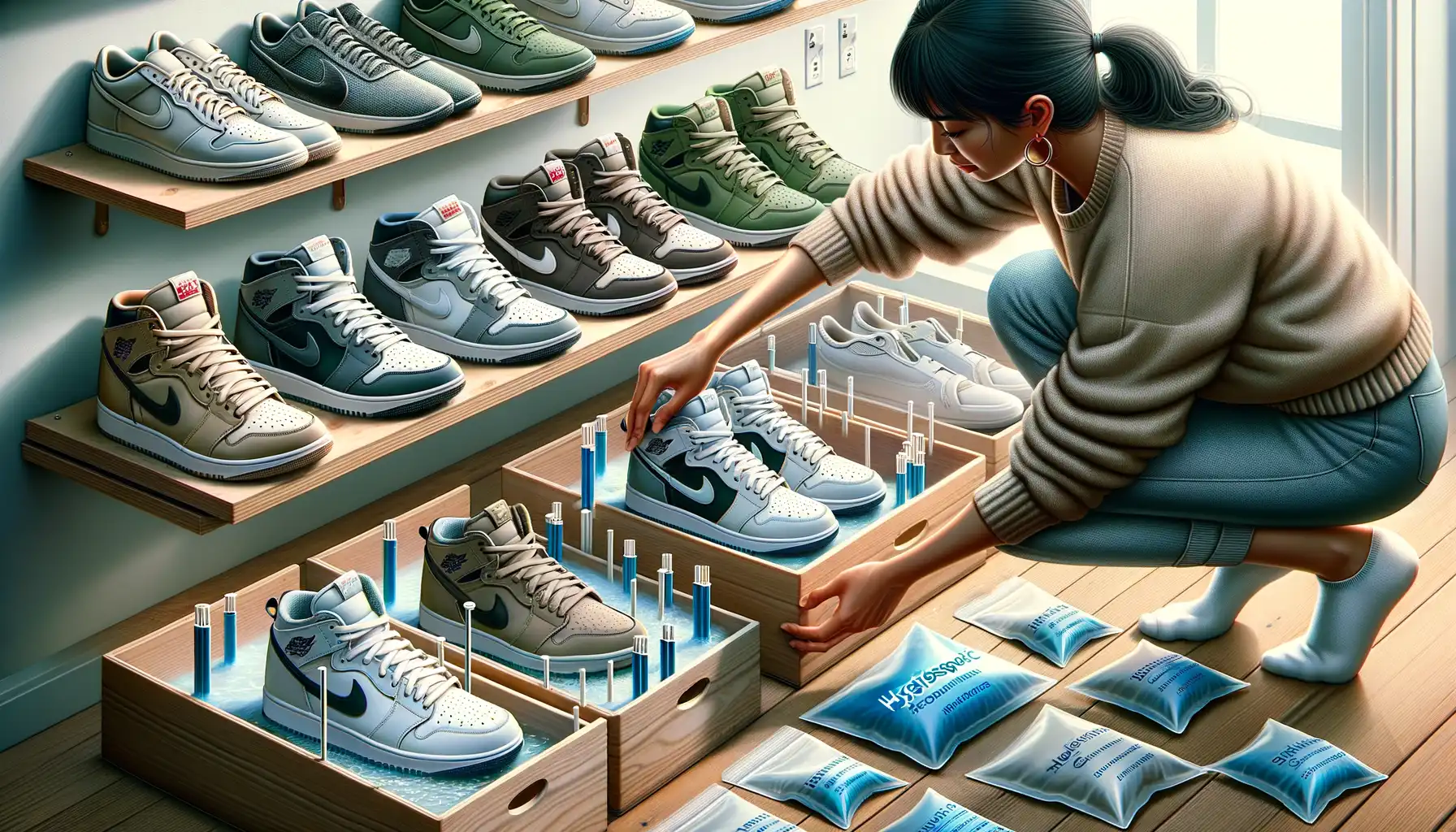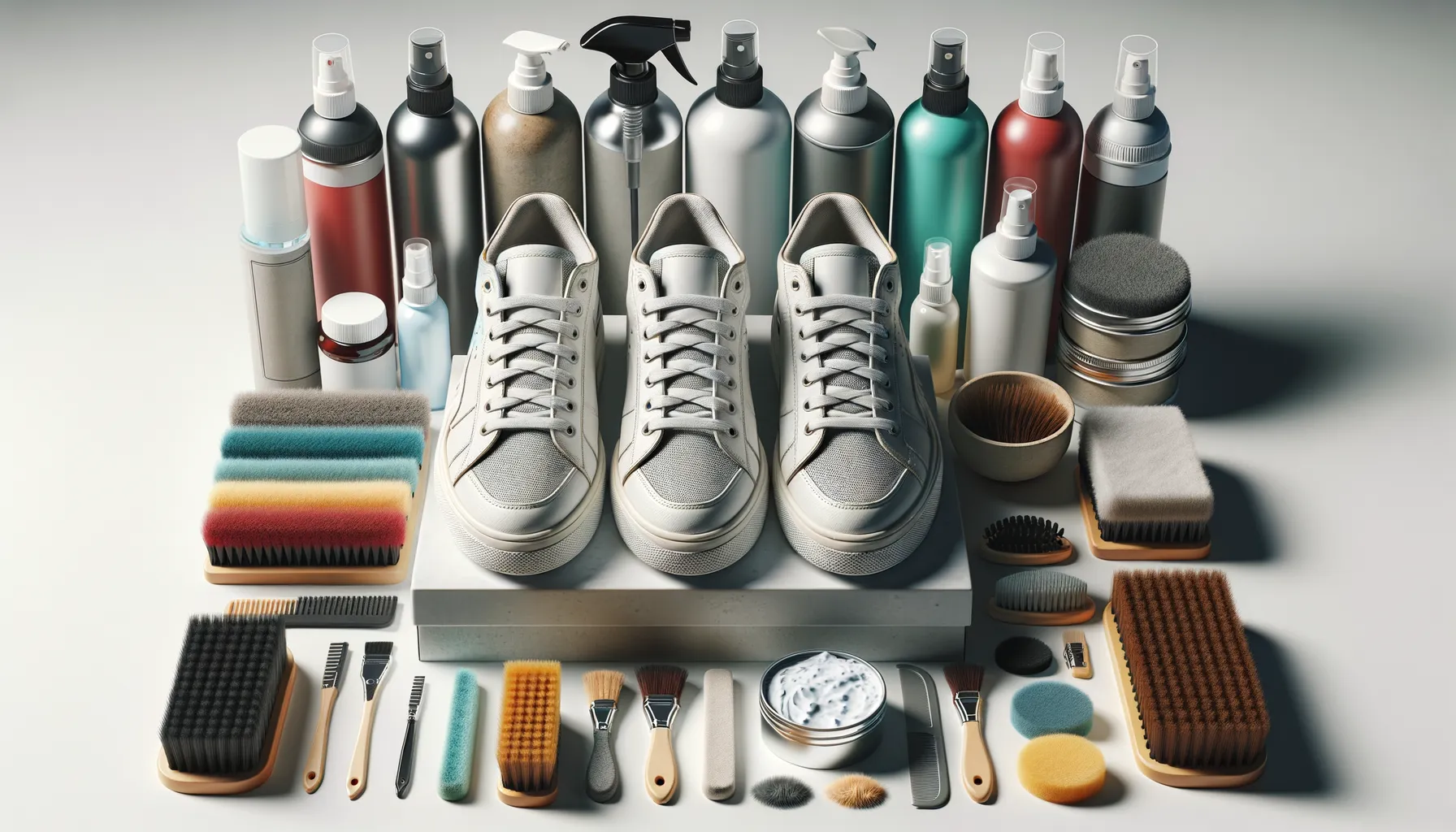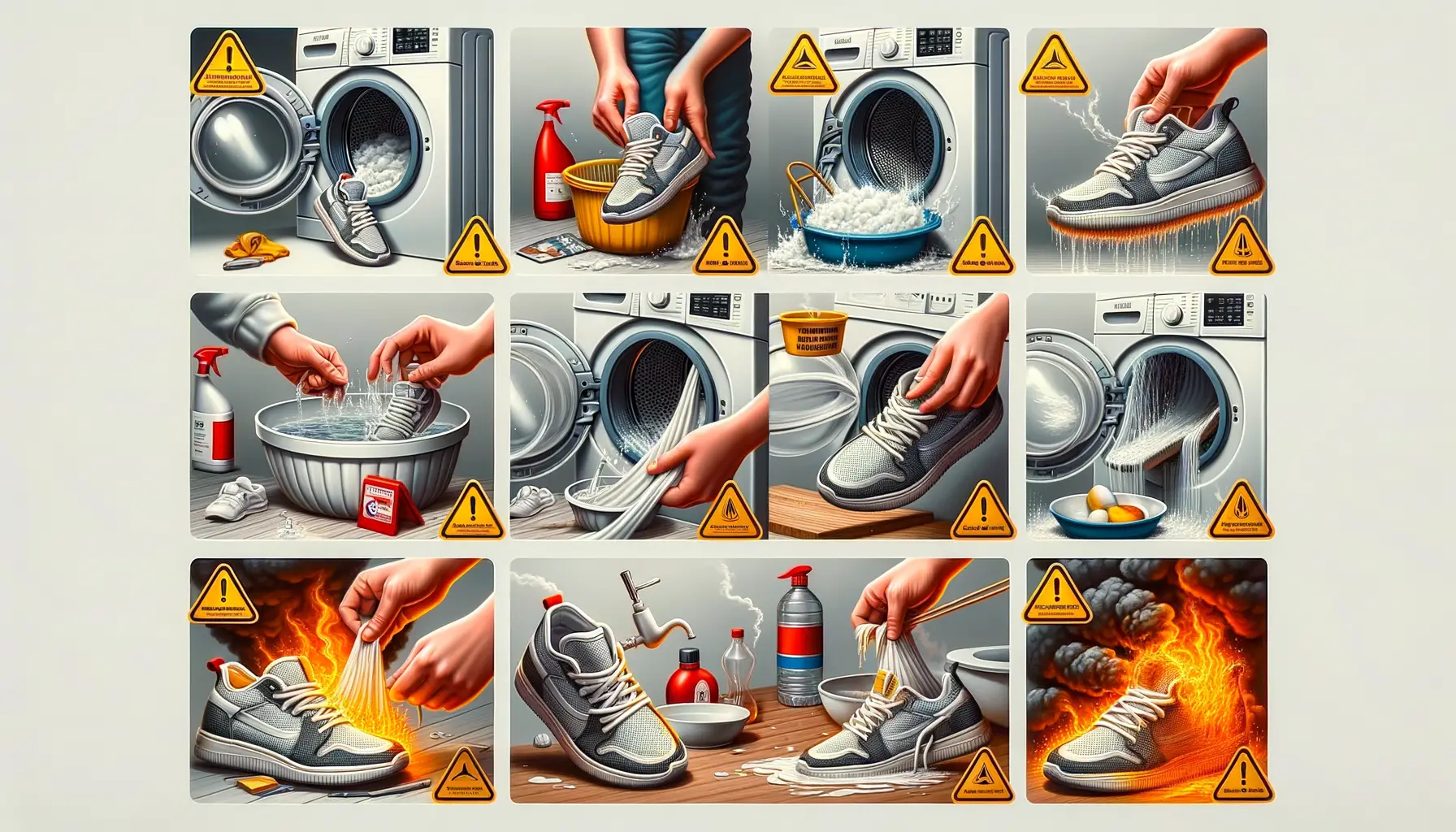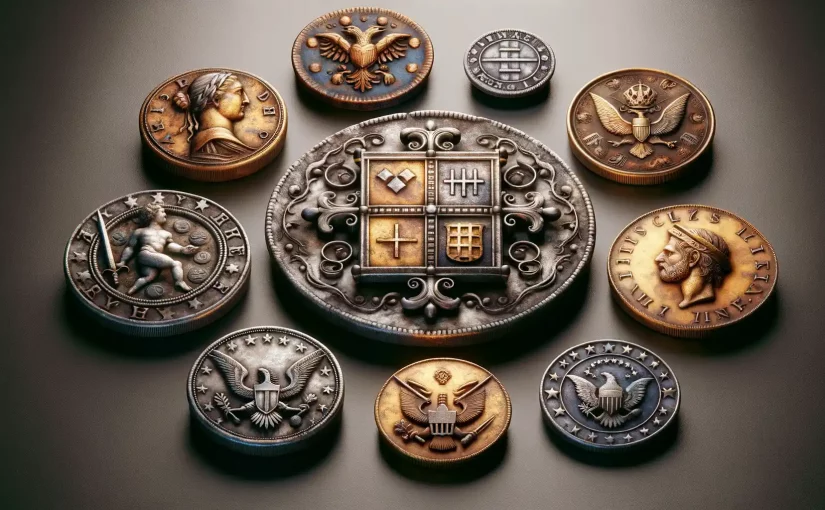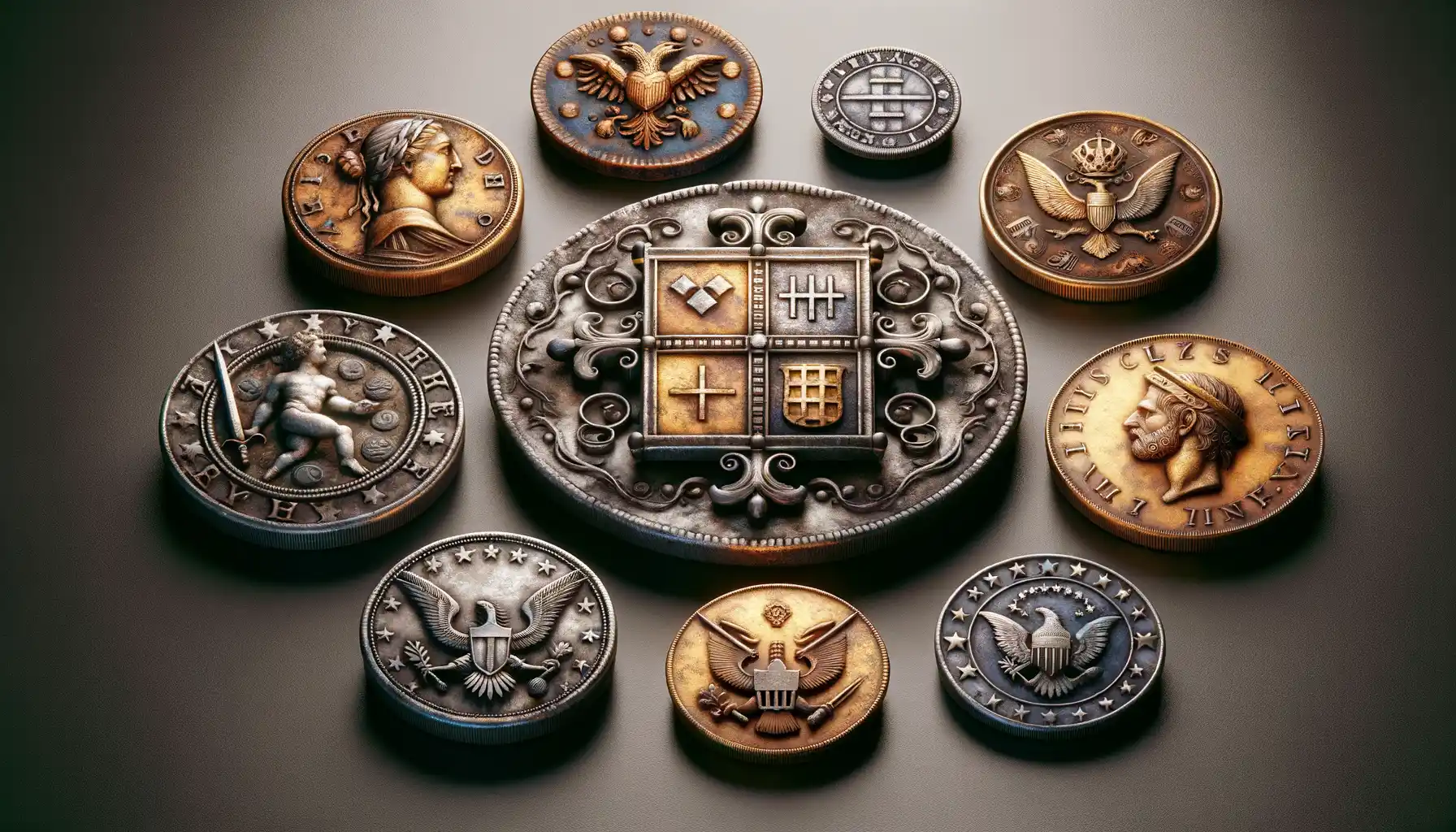Introduction to Sneaker Conventions and Trade Shows
Imagine stepping into a buzzing room alive with energy—the echo of sneakerheads chatting, the rhythmic beat of music fueling the vibe, and row after row of sneakers you’ve only dreamed about seeing in person. That’s what a sneaker convention feels like: part museum, part marketplace, and 100% adrenaline. Whether you’re hunting for that elusive pair of Air Jordans, trying to spot the next big trend, or simply vibing with people who share your obsession, these events are where passion meets community.
Why Sneaker Conventions Feel Like Home
Attending your first sneaker convention can be overwhelming—in the best way possible. These events aren’t just about shoes (although, let’s be real, the kicks are jaw-dropping). They’re about connection. It’s like walking into a family reunion where everyone speaks the same language of sneaker culture. You’ll see everything from OG collectors showing off their grails to artists customizing sneakers right in front of your eyes.
- You might stumble upon a rare pair of Yeezys, long sold-out everywhere else.
- Or maybe you’ll trade your beloved SB Dunks for something equally iconic.
- And don’t forget the Q&A panels—insider tips straight from designers and industry legends.
More Than Just a Marketplace
Sneaker conventions are where personal style becomes an art form. It’s not just sneakers that catch your eye—it’s how each attendee wears them, tells a story with them. Imagine someone rocking a customized pair of Off-White Nikes paired with a one-of-a-kind bomber jacket. Every step you take is an invitation to be inspired, to rethink your own collection, and let your imagination run wild.
Top Sneaker Conventions Around the World

Epic Gatherings for Sneaker Enthusiasts
Ever wanted to immerse yourself in a universe where every corner whispers “rare pair,” and the air hums with the excitement of fresh drops and hidden grails? Welcome to the top sneaker conventions! These events aren’t just gatherings—they’re pulsating hubs of creativity, culture, and obsession for all things sneakers.
Let’s talk about Sneaker Con, the holy grail of sneaker events. Hosted in cities like New York, London, and Tokyo, it’s a bustling marketplace stuffed with coveted kicks, whether you’re chasing that elusive Off-White x Nike or just want to swap stories with fellow sneakerheads. And trust me, the energy at these events is electric—think Wall Street, but with Jordans.
Prefer something local and intimate? Try Crepe City in the UK. It’s not only about big brands—it’s a melting pot of indie designers, customizers, and sneaker artists showcasing mind-blowing creations.
- Hypefest – A blend of streetwear and sneaker culture in Los Angeles.
- SoleDXB – A Dubai-based extravaganza melding kicks with music and art.
Wherever your feet take you, these events promise unforgettable moments, rare finds, and a community that speaks your language: sneakers.
Highlights and Activities at Sneaker Events
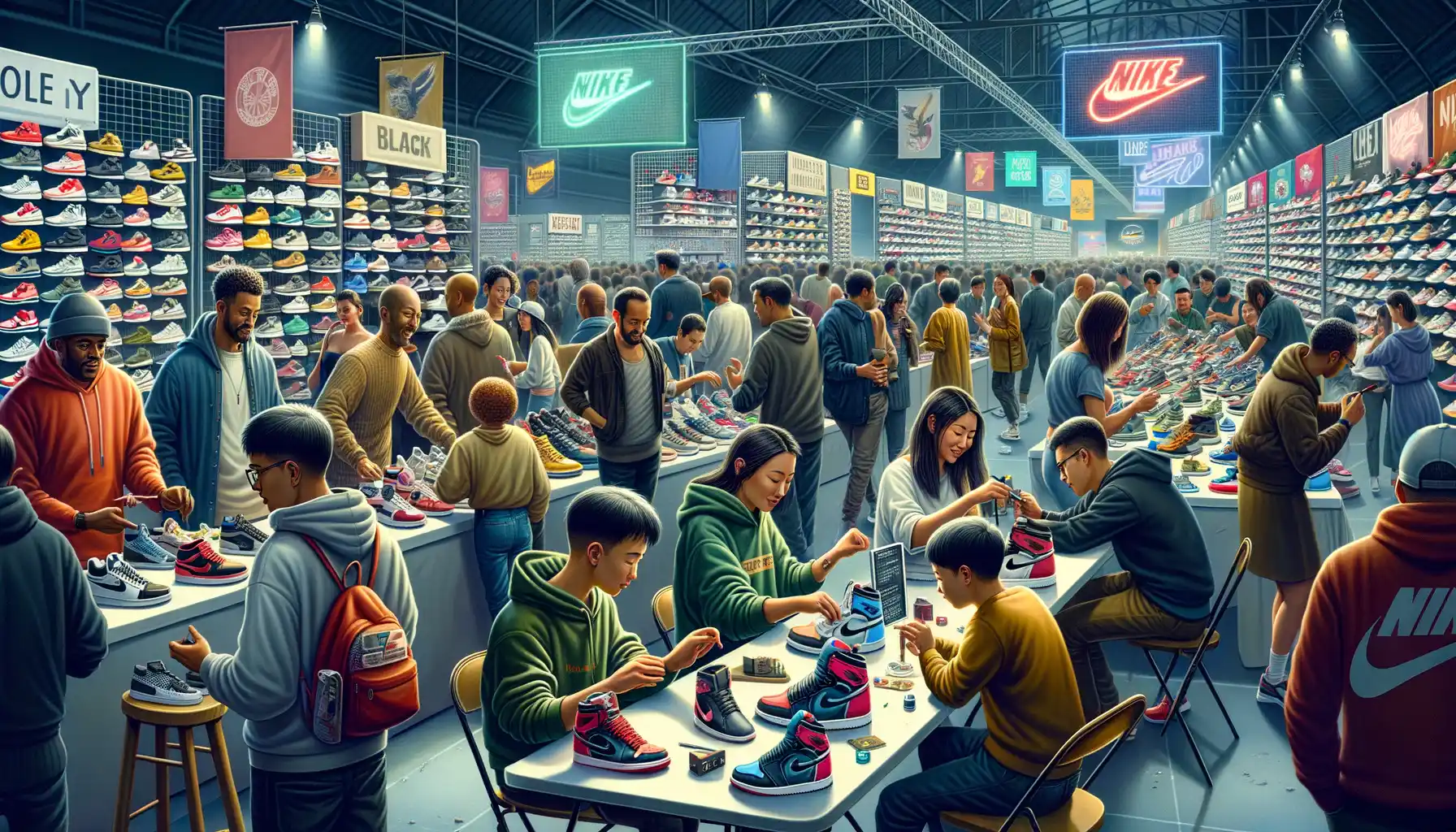
Unmissable Attractions You’ll Talk About for Days
Ever dreamed of seeing rare, one-of-a-kind sneakers up close? At sneaker events, it’s all about jaw-dropping moments and unforgettable finds. Think walls lined with retro Air Jordans, custom kicks that are literal works of art, and prototypes you only thought existed in legends. You can walk through time and witness the evolution of sneaker culture—all under one roof.
But that’s just the start. Live sneaker customization stations? Yes, please! Picture this: artists hand-painting sneakers right in front of you, turning blank canvases into personal masterpieces. Don’t be surprised if you find yourself itching to grab a brush too! Feeling lucky? The raffles and giveaways at these events are nothing short of legendary, with prizes ranging from exclusive collabs to signed memorabilia.
- Celebrity meet-and-greets: Spot your favorite athletes, designers, or influencers wandering the floor.
- Panel discussions: Get inside the minds of industry leaders and learn the stories behind iconic pairs.
Interactive Experiences That Pull You In
Sneaker trade shows are more than just displays—they’re playgrounds for enthusiasts. Take part in thrilling live auctions where the stakes run high, with attendees passionately raising paddles for grails like the OG Yeezys. Or, lace up for sneaker battles, where collectors and hypebeasts showcase their most prized kicks under the scrutiny of judges and the crowd’s cheers.
And when you need a breather, dive into the social vibe—strike up conversations with fellow sneakerheads, exchange stories, swap tips on snagging grails, or even negotiate a trade. It’s like being part of the most exclusive club, where everyone speaks your language.
Tips for Attending Sneaker Conventions Successfully
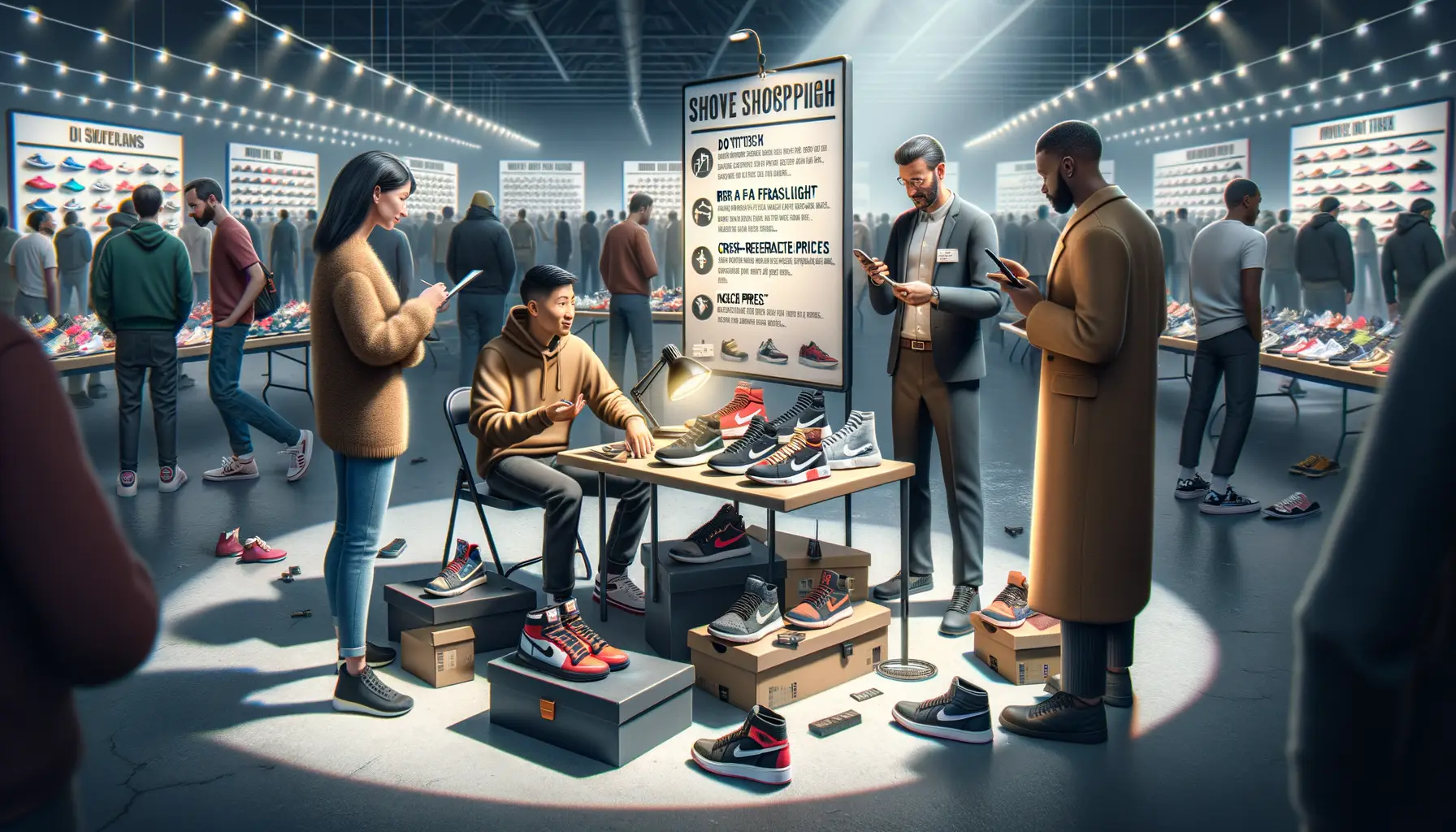
Plan Like a Sneaker Pro
Walking into a sneaker convention without a plan is like lacing up your kicks and forgetting the socks—just not a good move. First, know the event layout. Check ahead for a map or app if available; you don’t want to miss booths featuring those rare Air Jordan 1 OGs. Also, arrive early. The heat seekers and pro collectors always snag the gold first, whether it’s an exclusive drop or that grail you’ve been hunting for years.
Pack smart, too. Carry a solid backpack for any steals you grab. And trust me, cash still talks—some vendors might skip the card reader, so bring bills in various denominations. Oh, and call it sneaker survival gear: water, snacks, and some deodorant (nobody likes a sweaty crowd).
Network Without Hesitation
Sneaker conventions aren’t just about buying and selling—they’re where the heartbeat of sneaker culture thrives. Introduce yourself to vendors, chat with collectors, and share your love of sneakers. Here are some icebreakers that work like magic:
- “What’s the story behind this pair?”
- “Any tips for spotting fakes?”
- “Where’d you find those off-whites?”
You never know, a casual convo could connect you to your next big trade—or even lifelong sneakerhead friends.
The Impact of Sneaker Conventions on Sneaker Culture
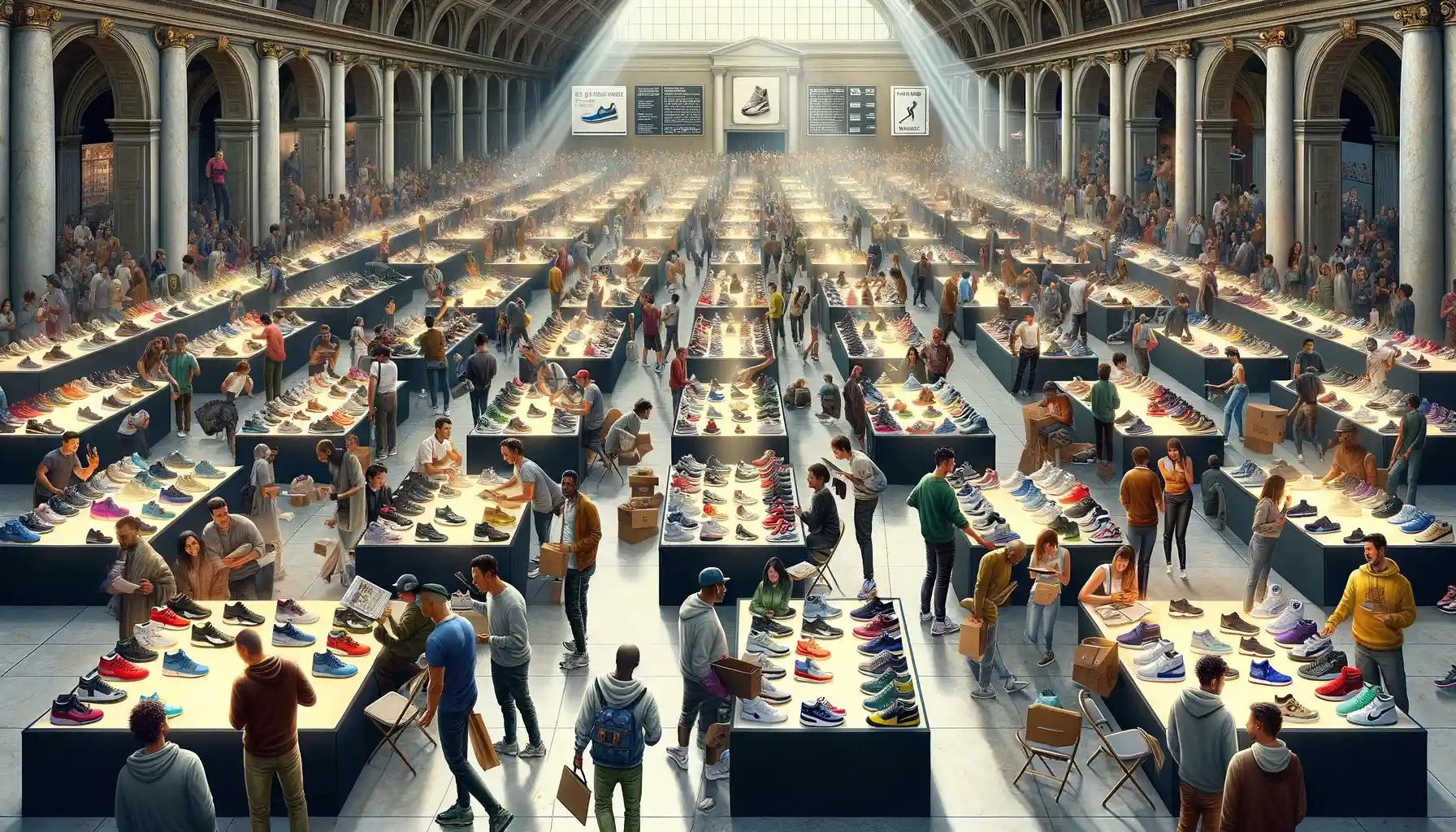
Where Sneakers Meet Stories
Sneaker conventions are more than just massive marketplaces; they’re the beating heart of a movement that’s reshaped global fashion and culture. Picture this: an entire venue buzzing with people who have stories stitched into their soles. That’s the magic of these events—they offer a stage for collectors, creators, and dreamers to collide.
Every table you pass and every rare pair on display sparks a conversation. Why? Because sneakers are personal. They’re tied to memories, milestones, and music. At conventions, you’ll hear someone rave about managing to snag a pair of OG Air Jordans at 16—or see a young designer showcase custom kicks that reimagine what a sneaker can be.
- New collaborations: Independent artists and big brands often reveal jaw-dropping partnerships.
- Cultural shifts: What trends dominate the floor today will likely dictate Instagram feeds tomorrow.
These meet-ups don’t just celebrate sneakers; they amplify their cultural impact. From basement collections to mainstream obsessions, sneaker conventions are where passion ignites—and if you listen closely, they’re where the future of streetwear whispers its secrets.


